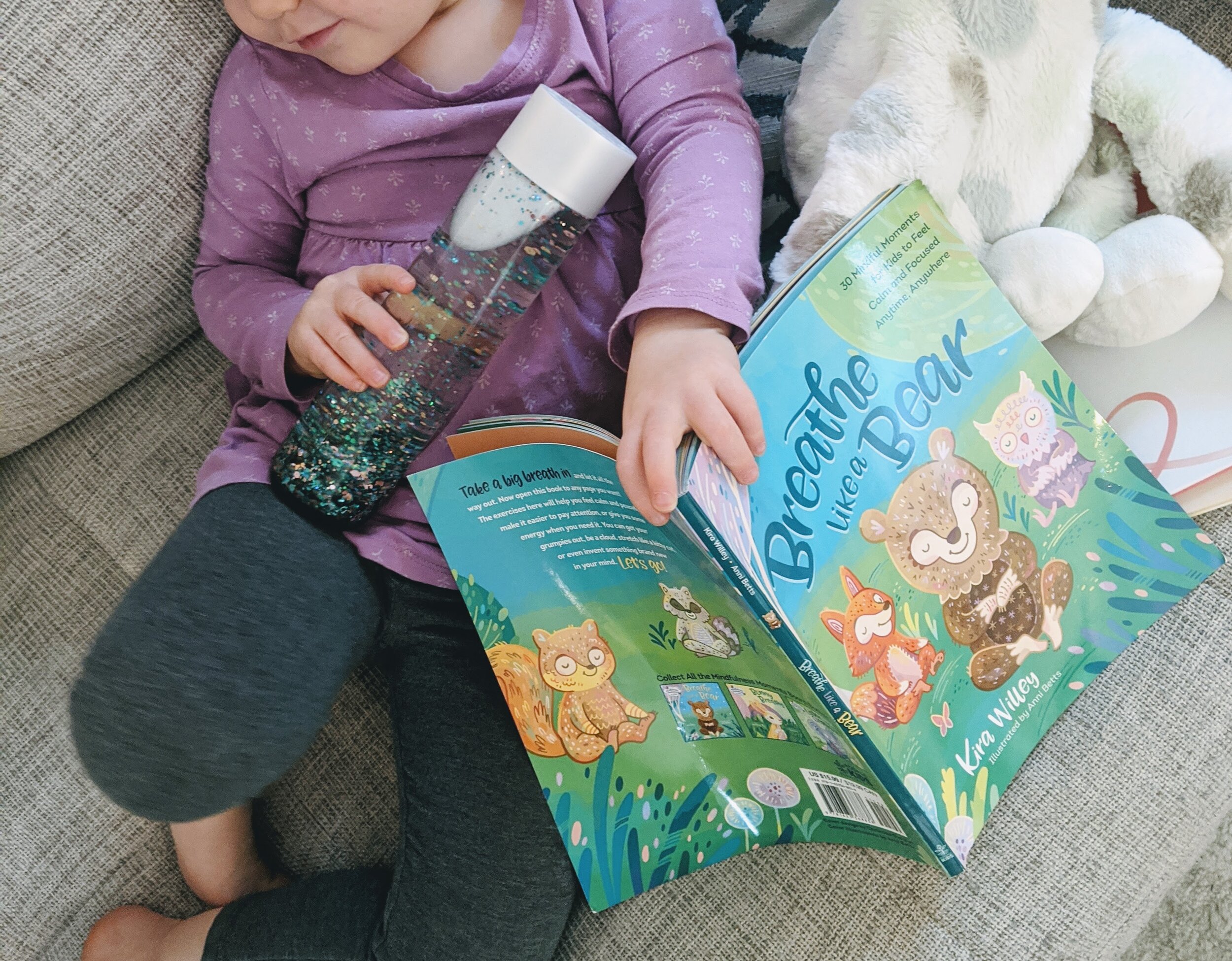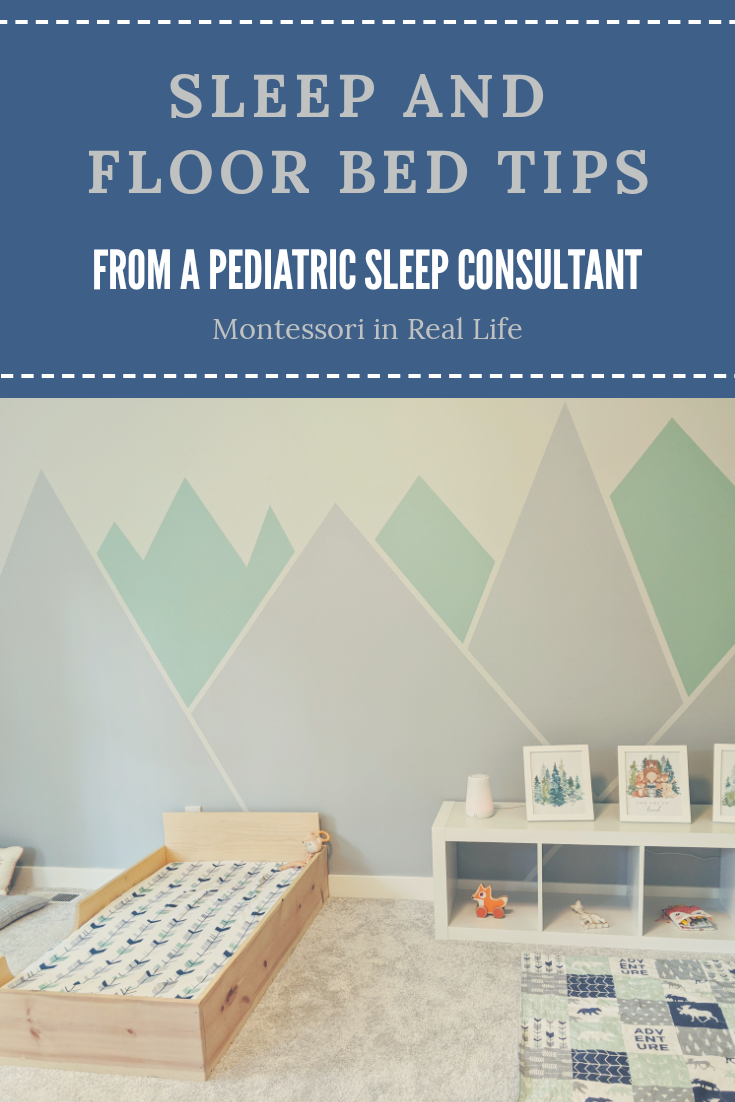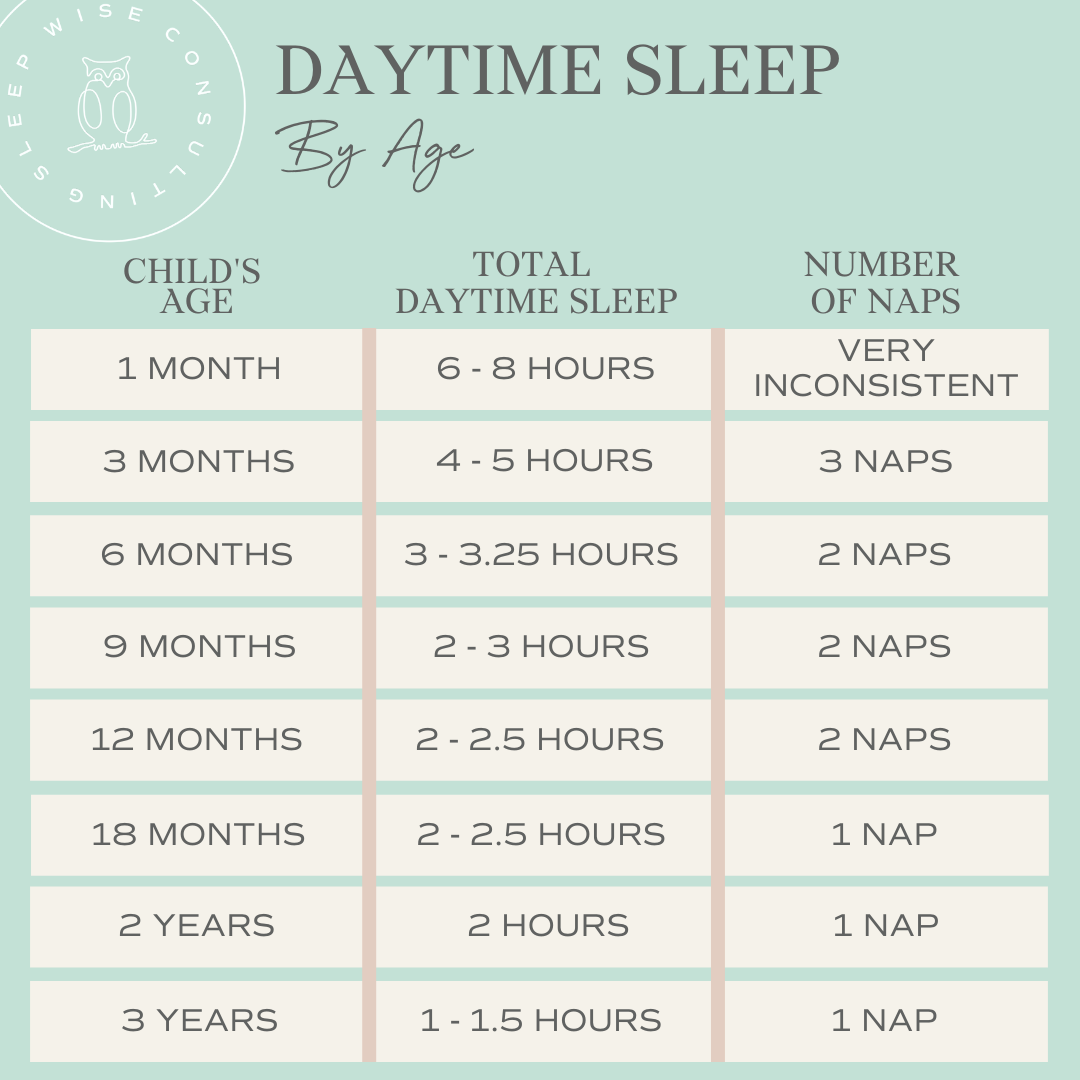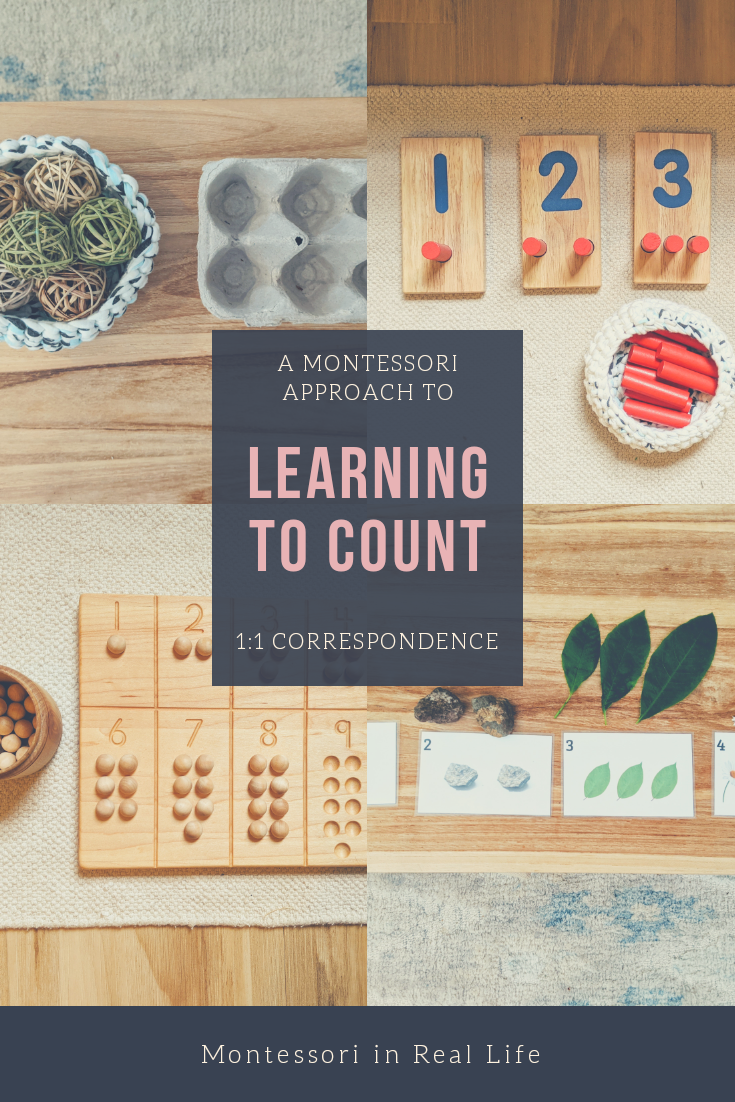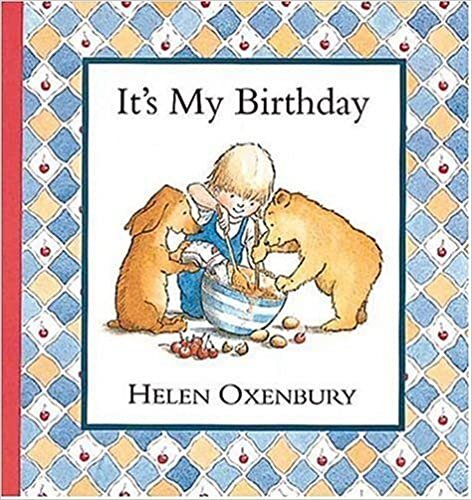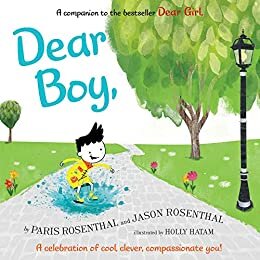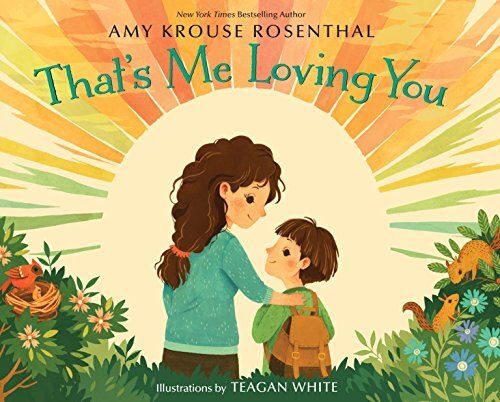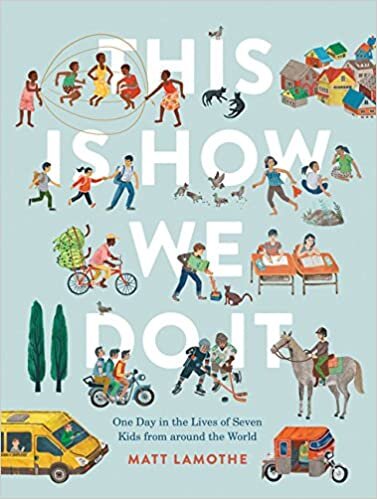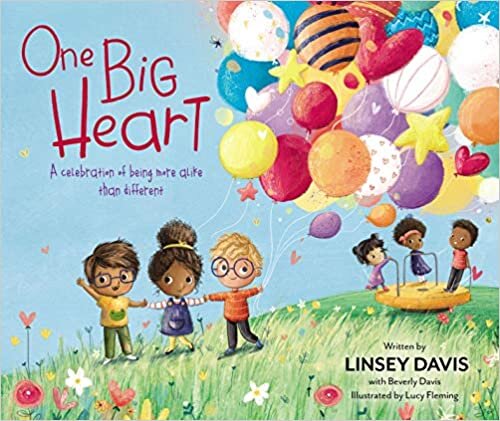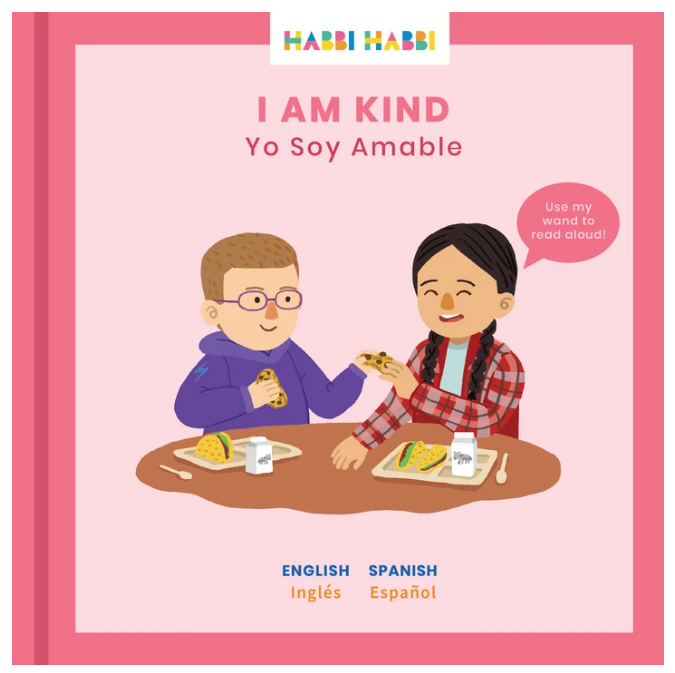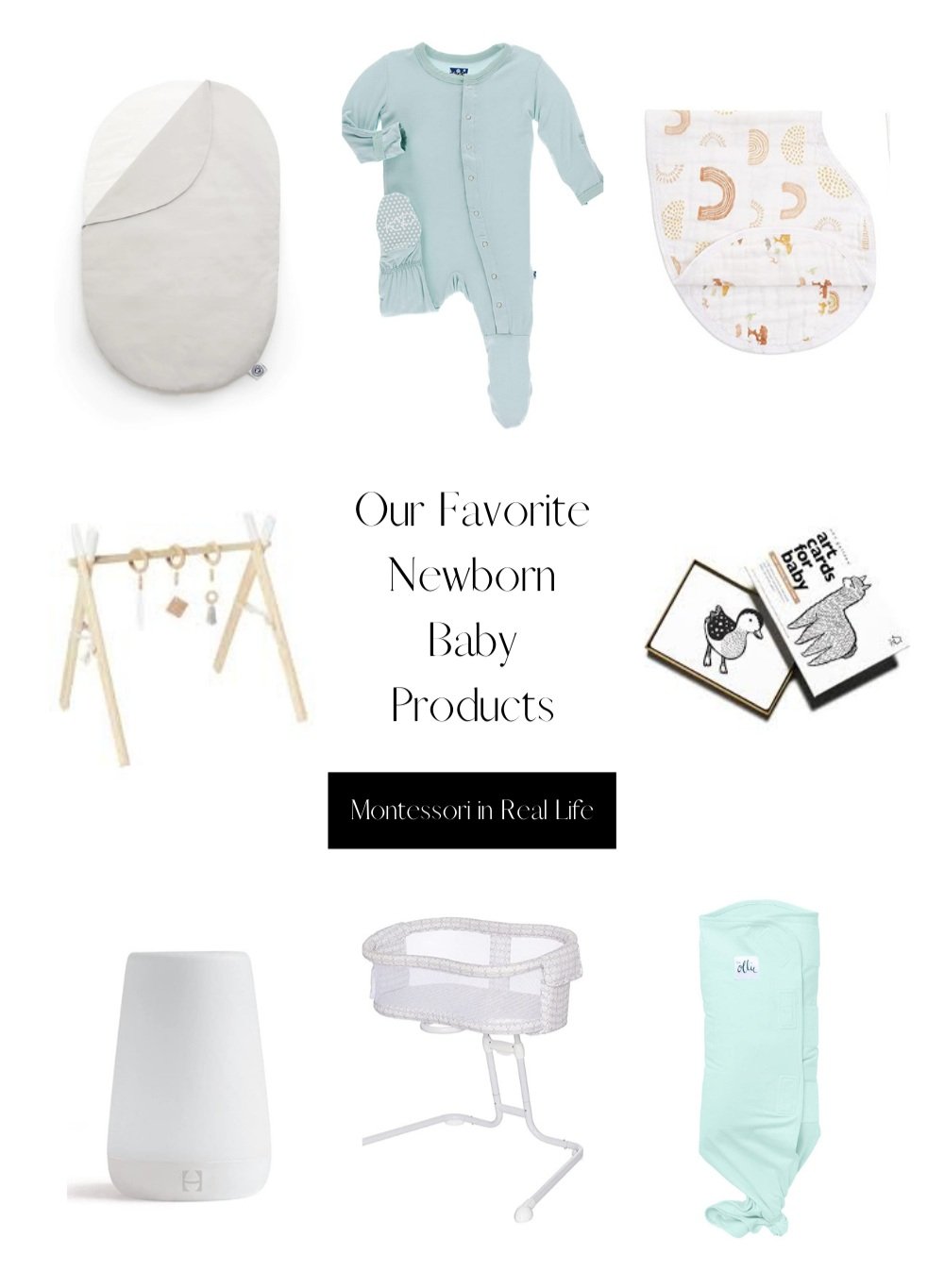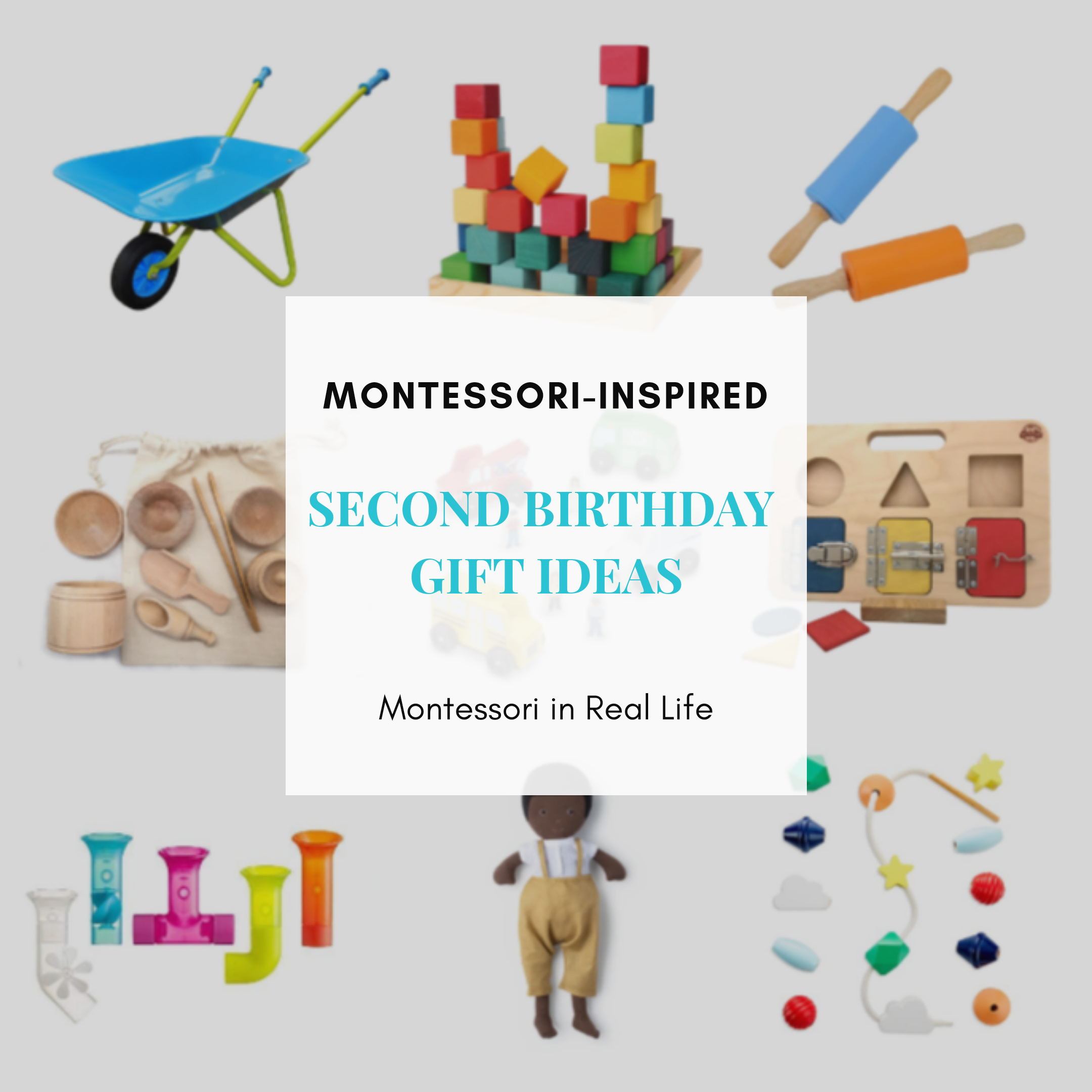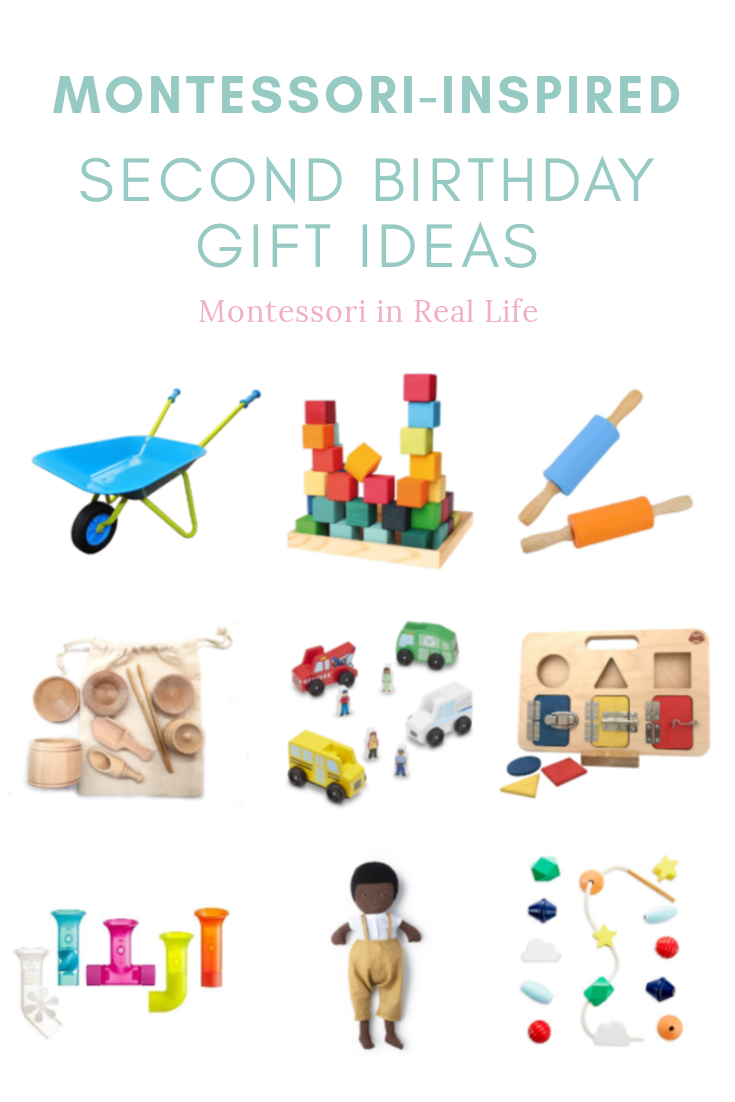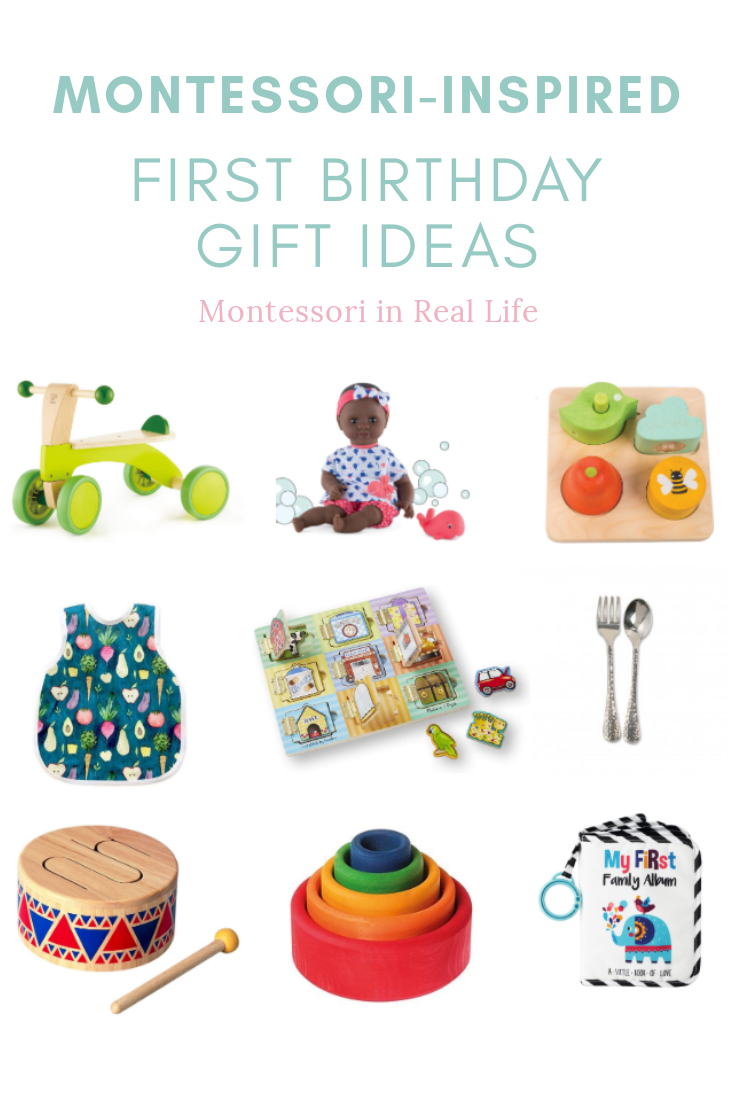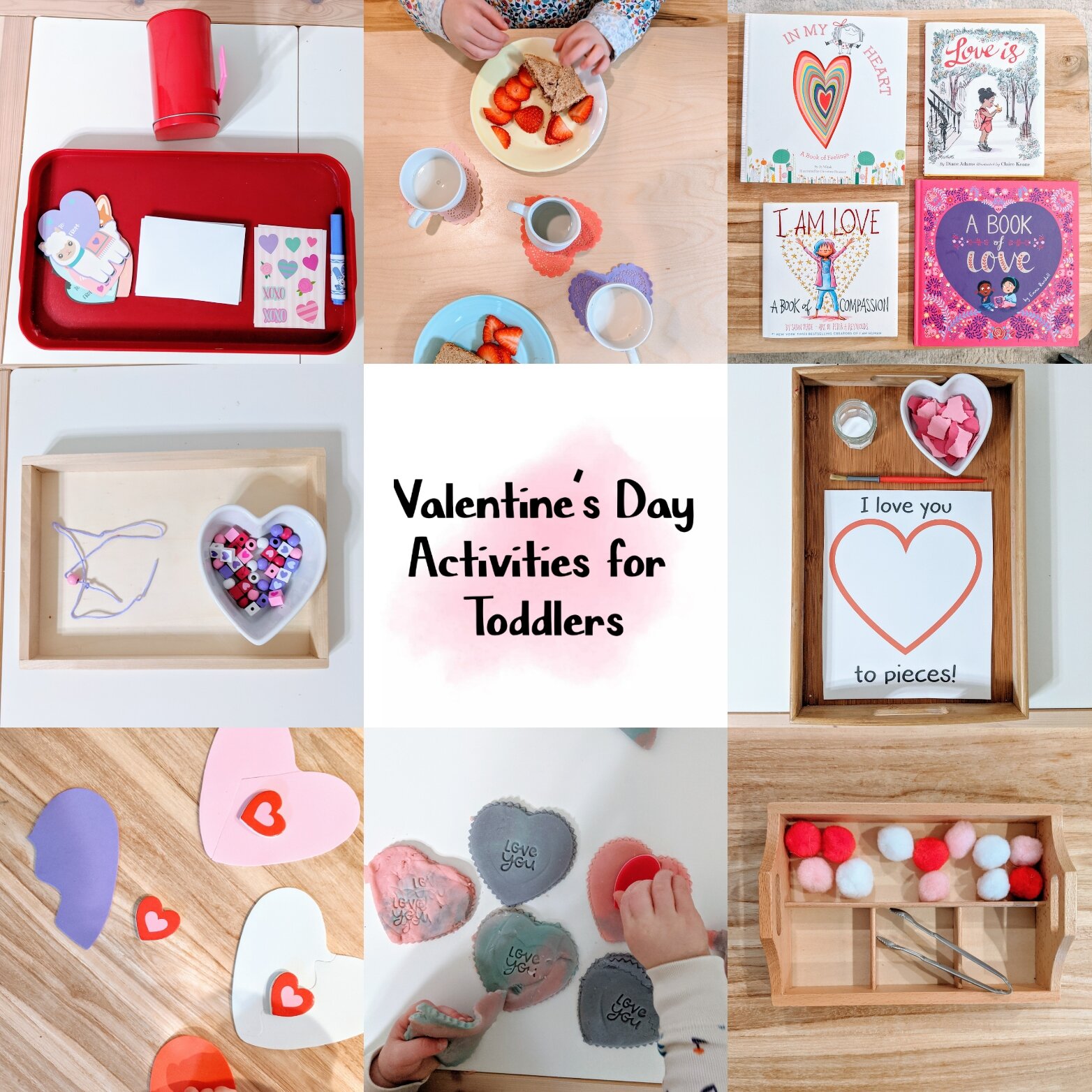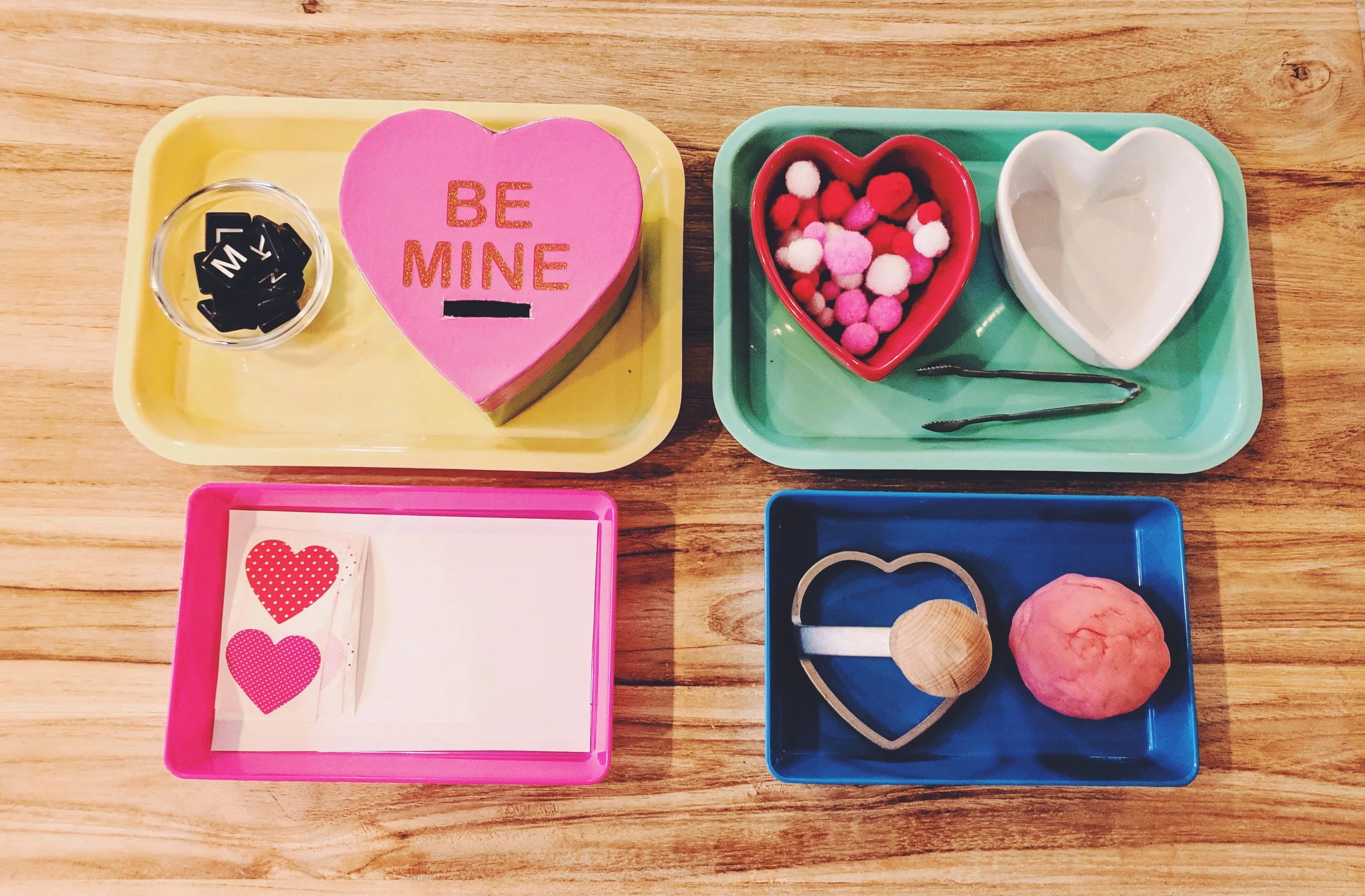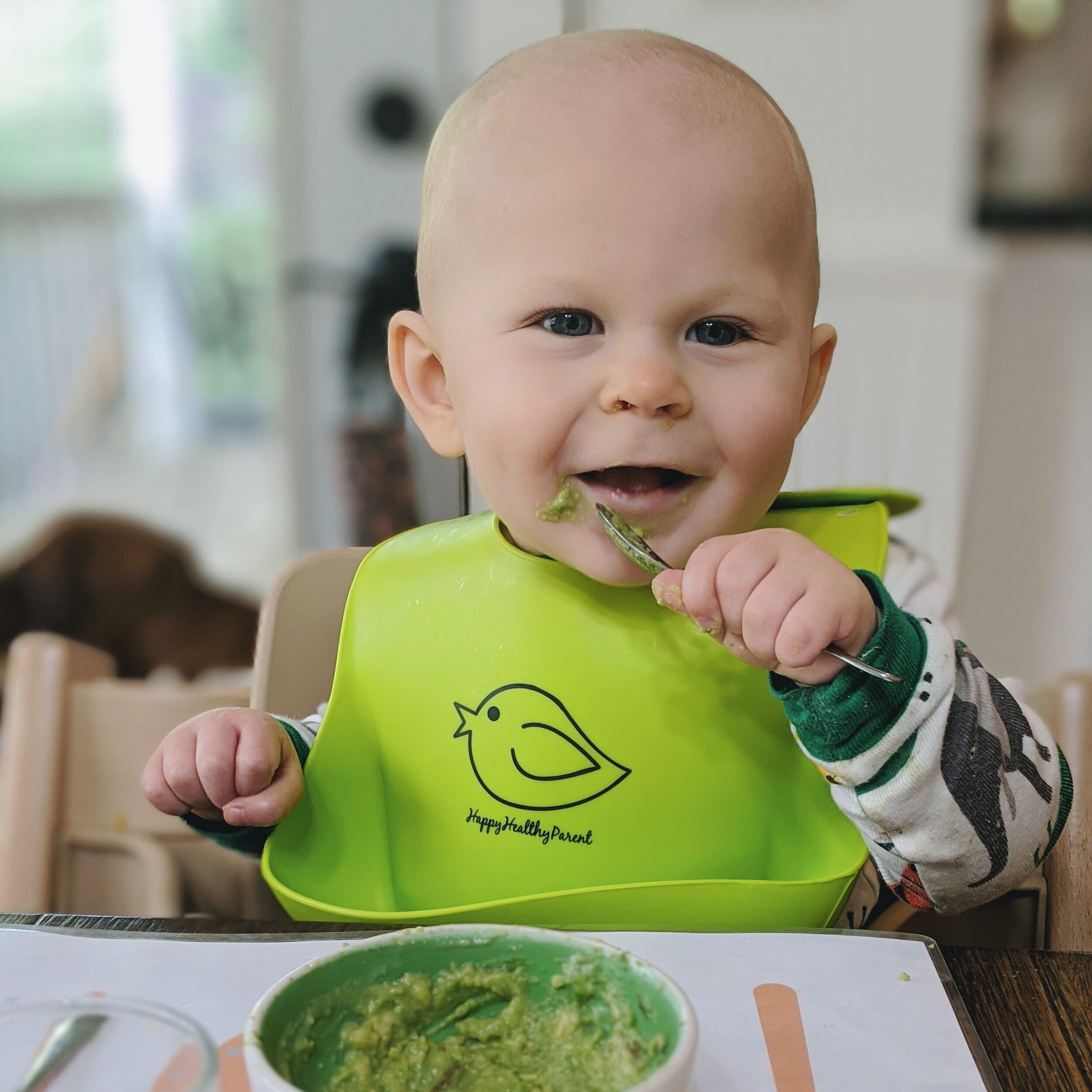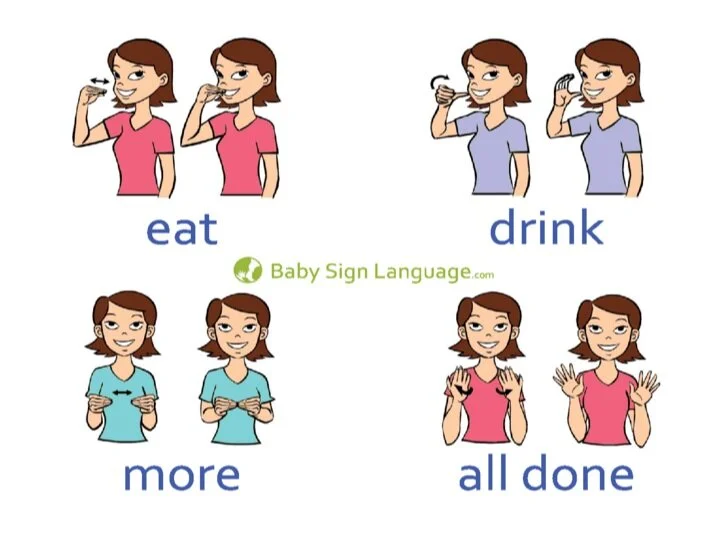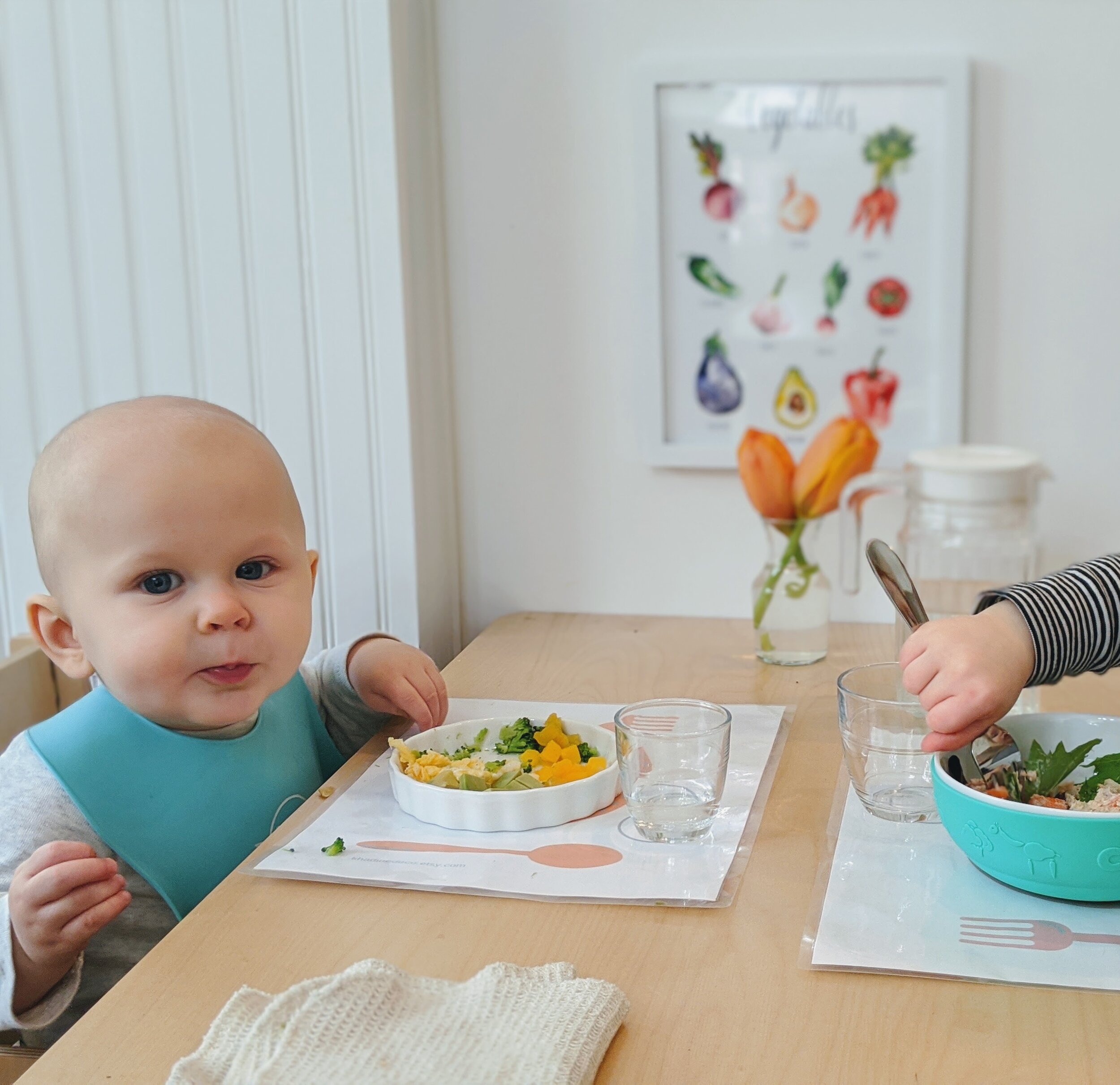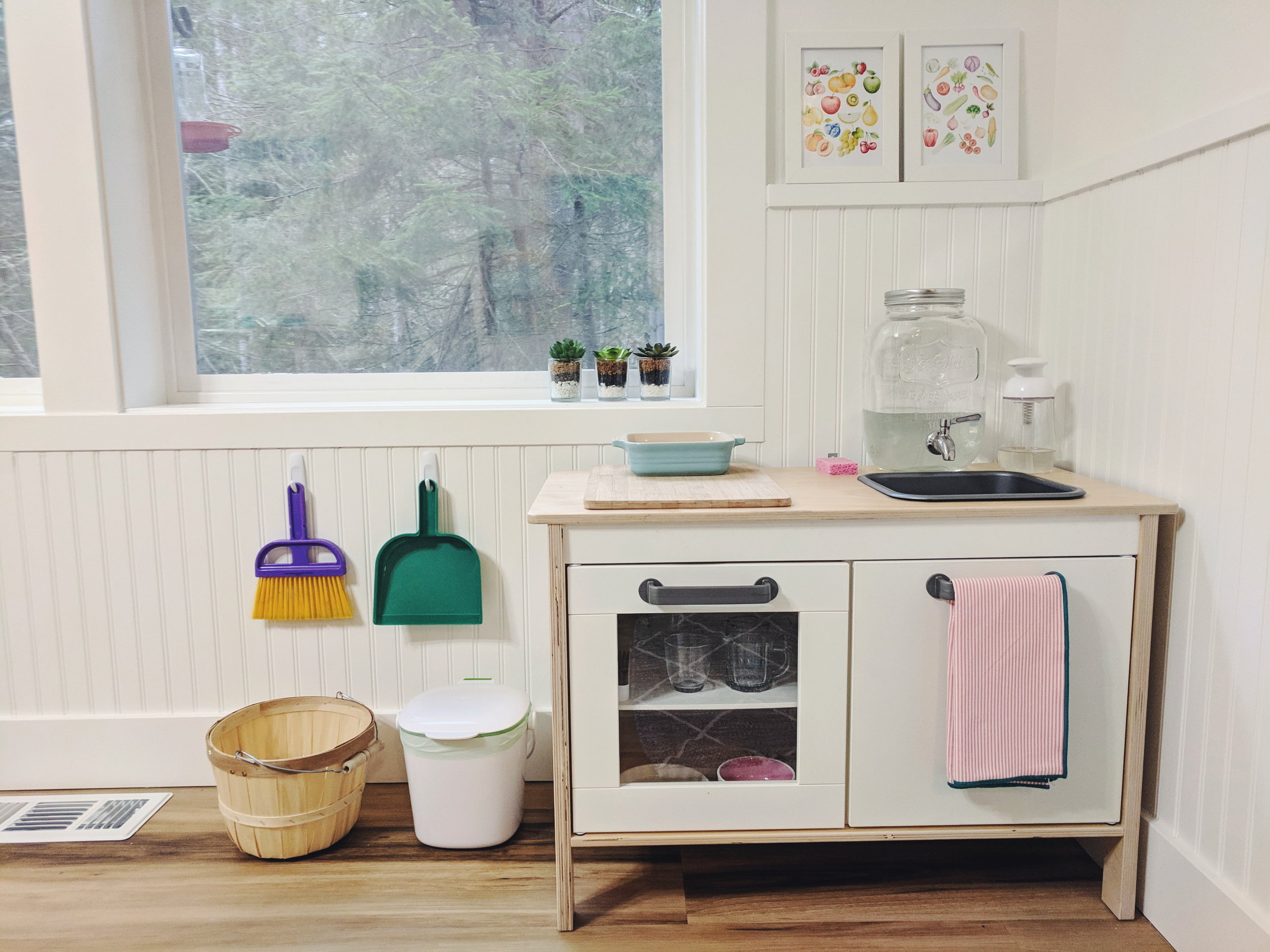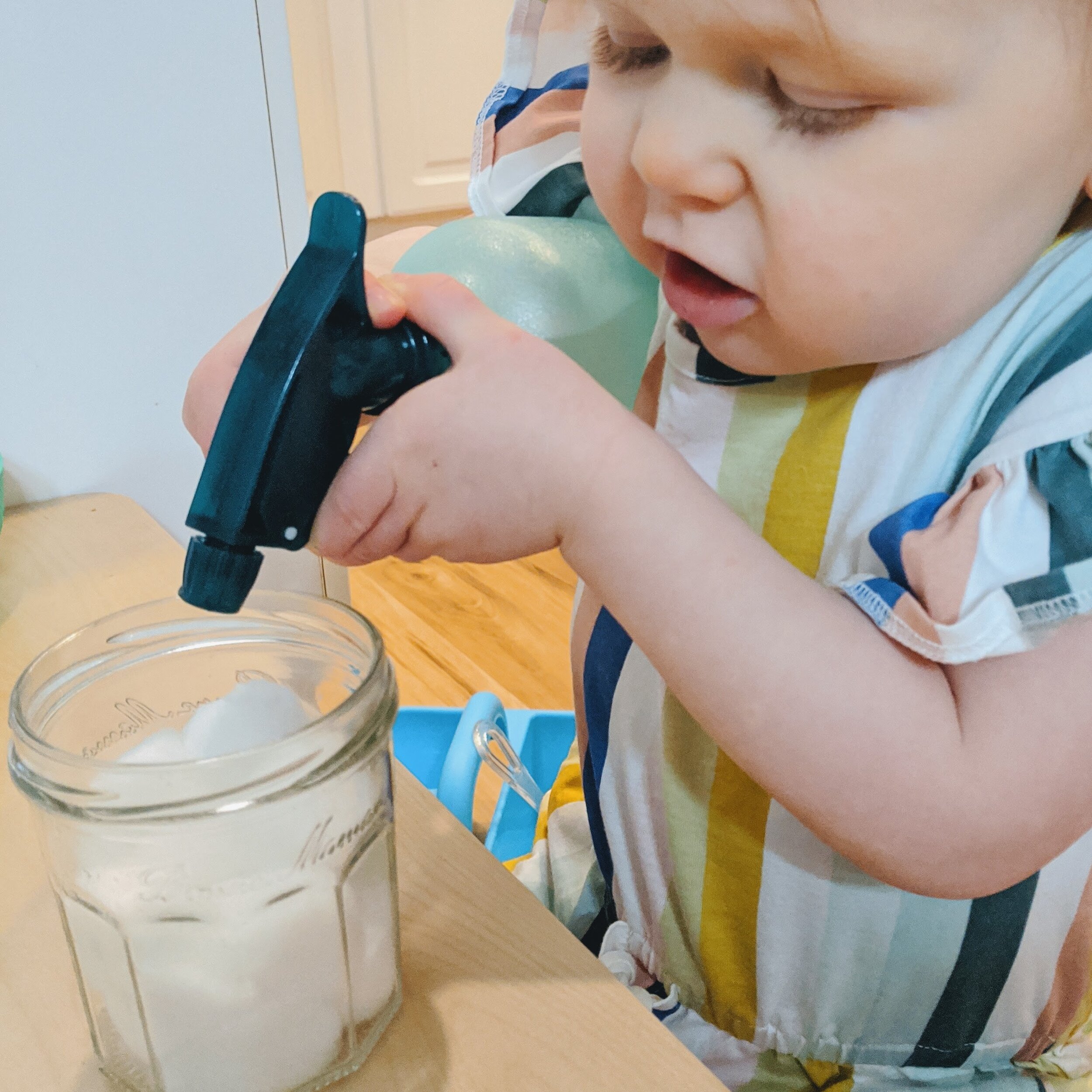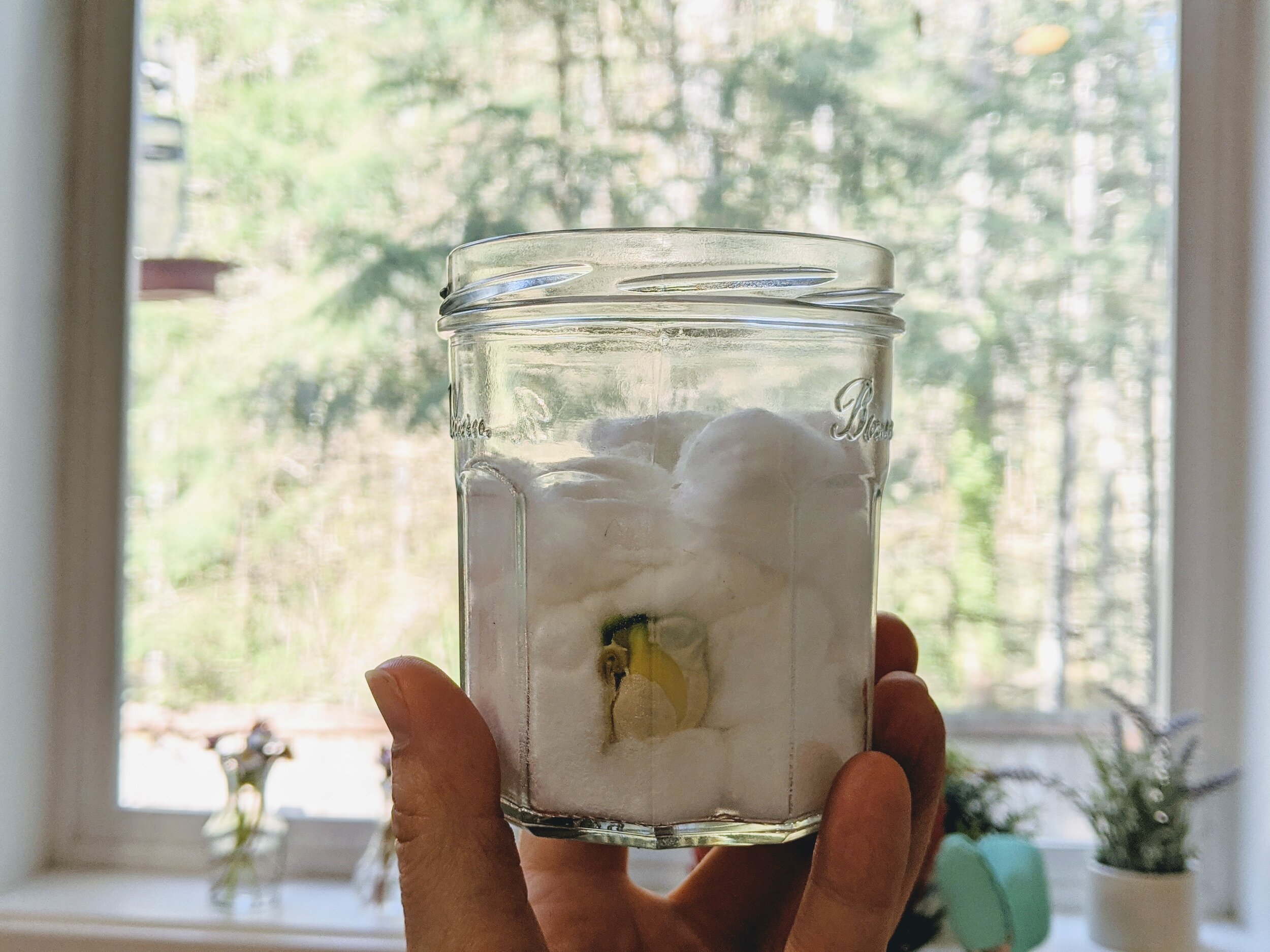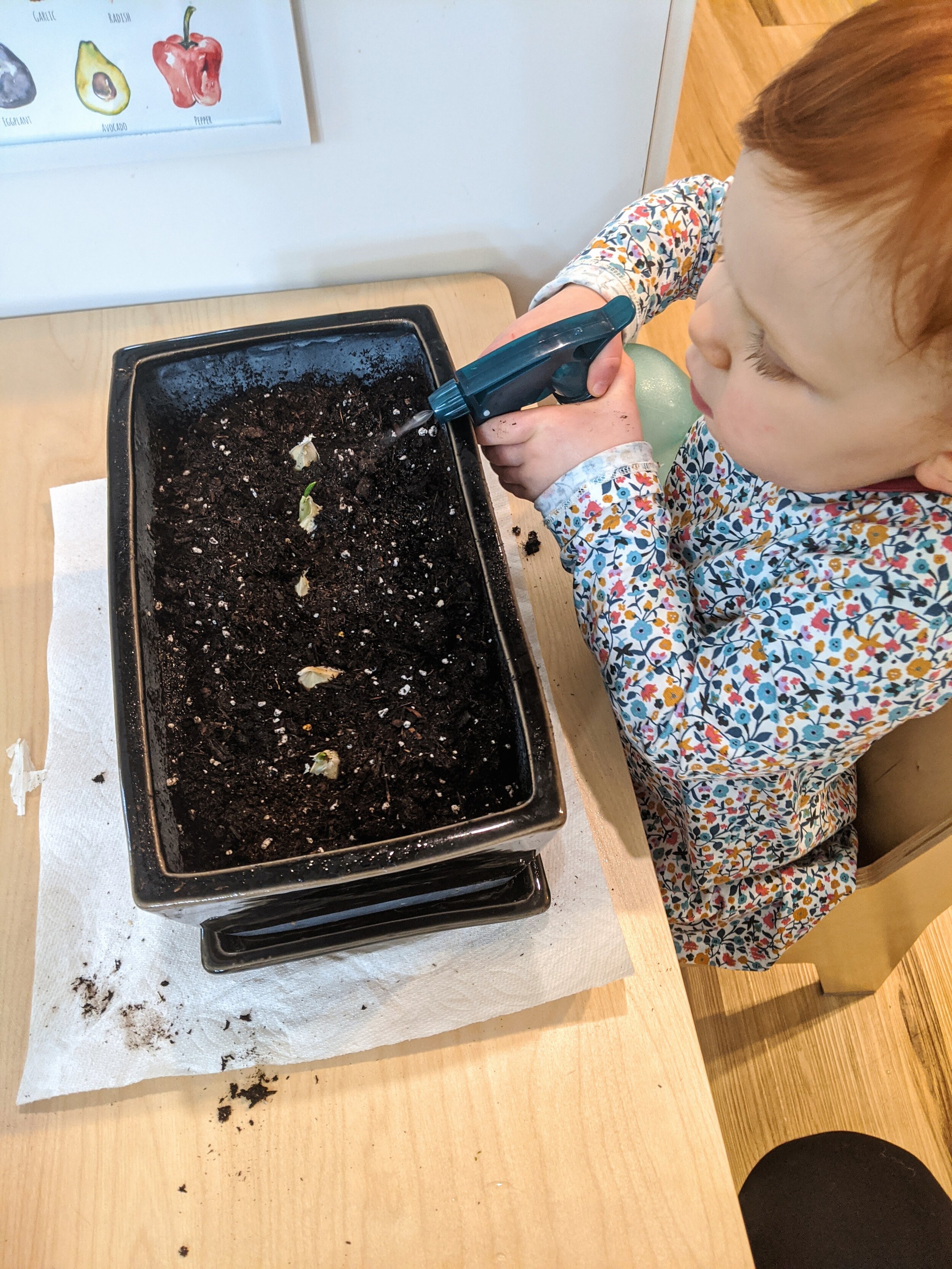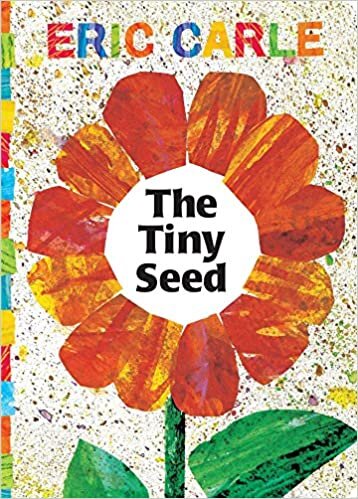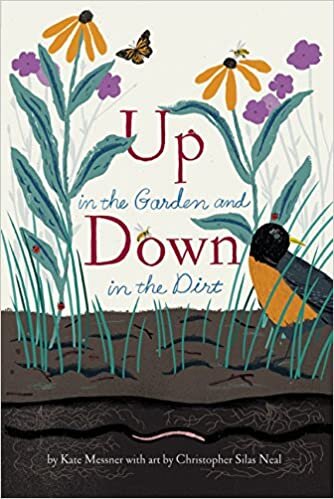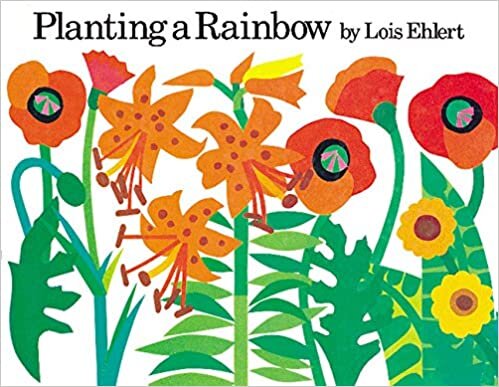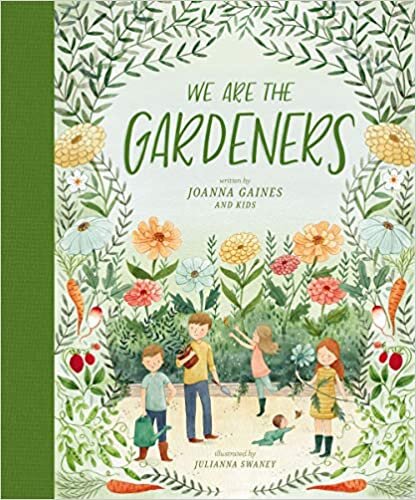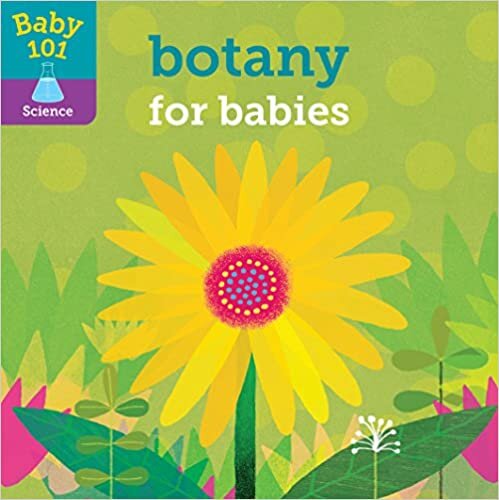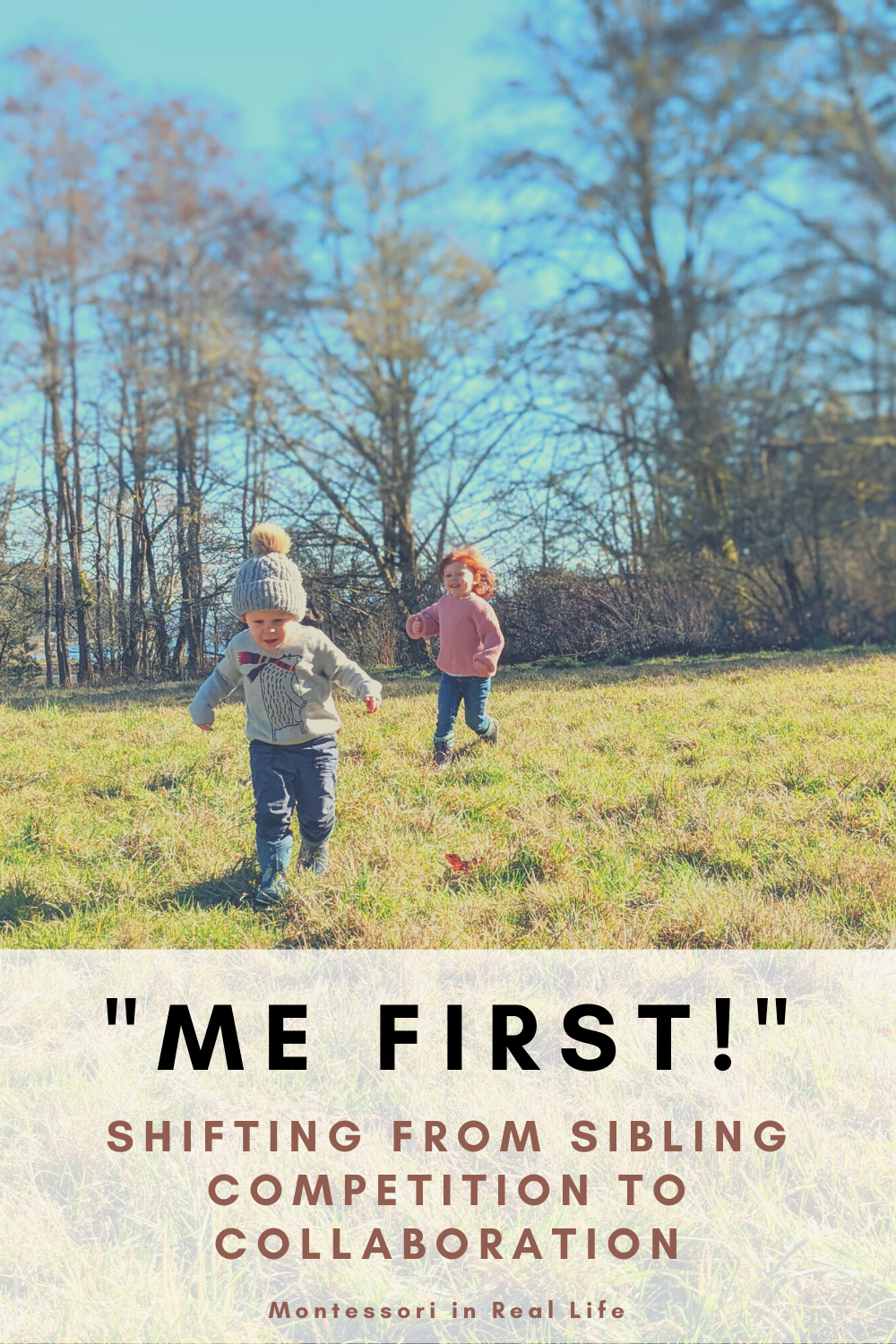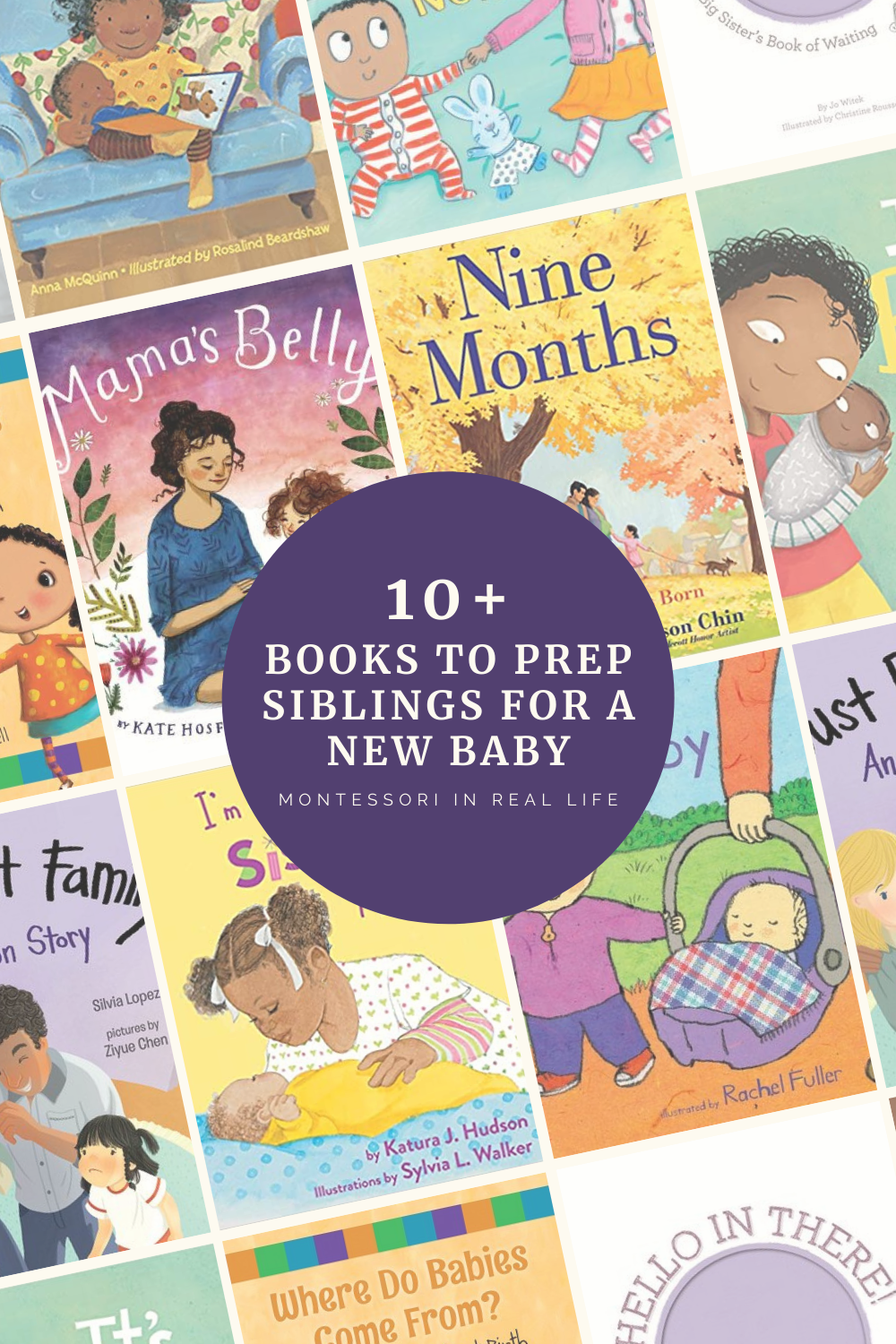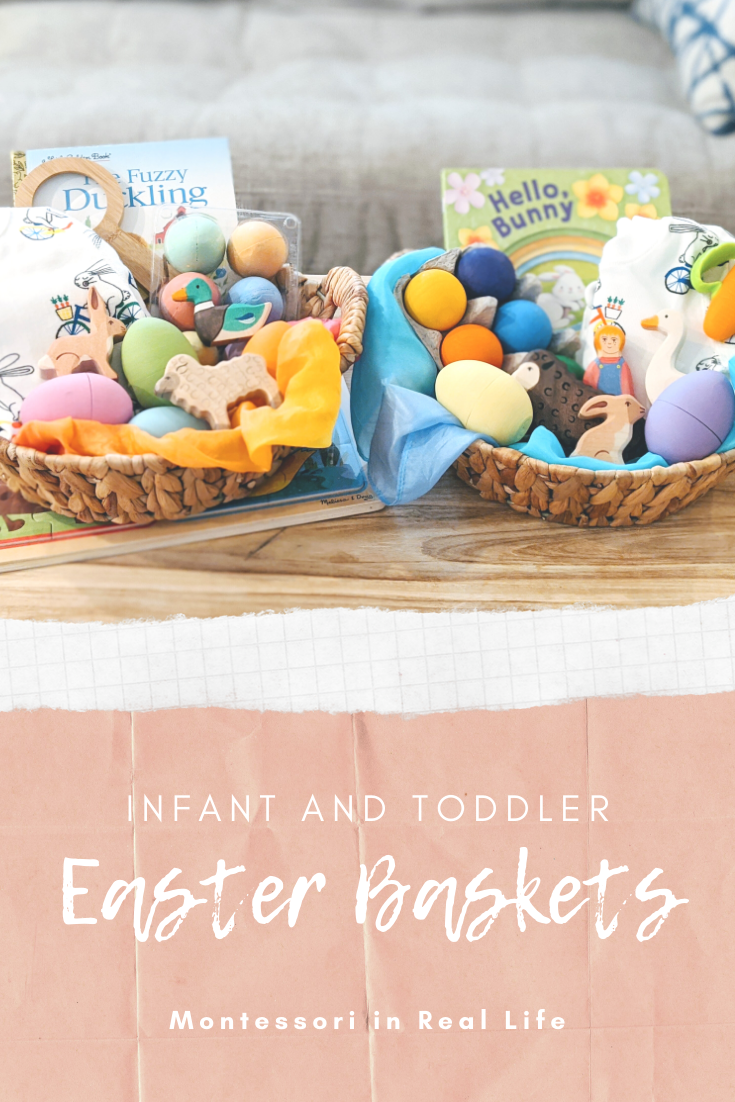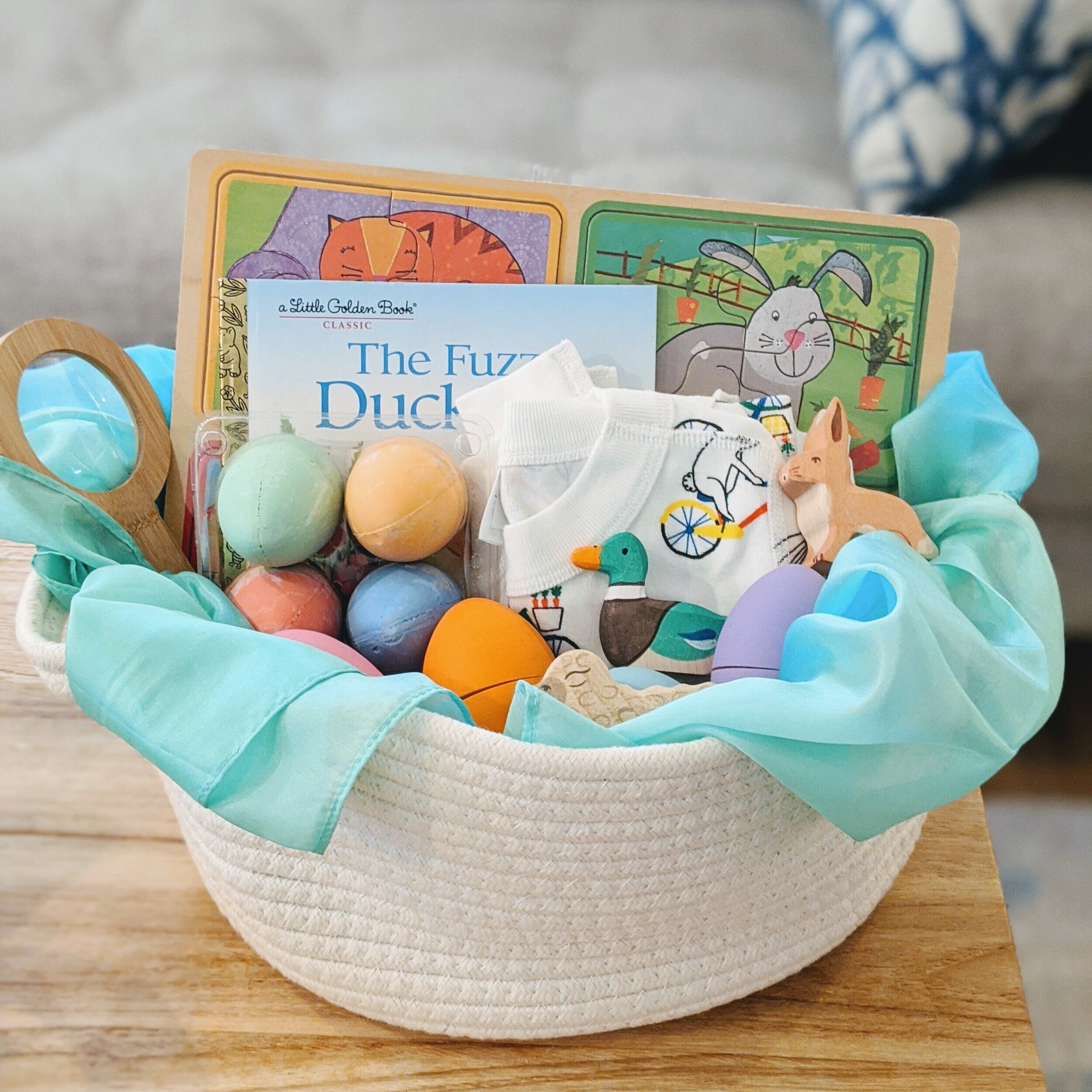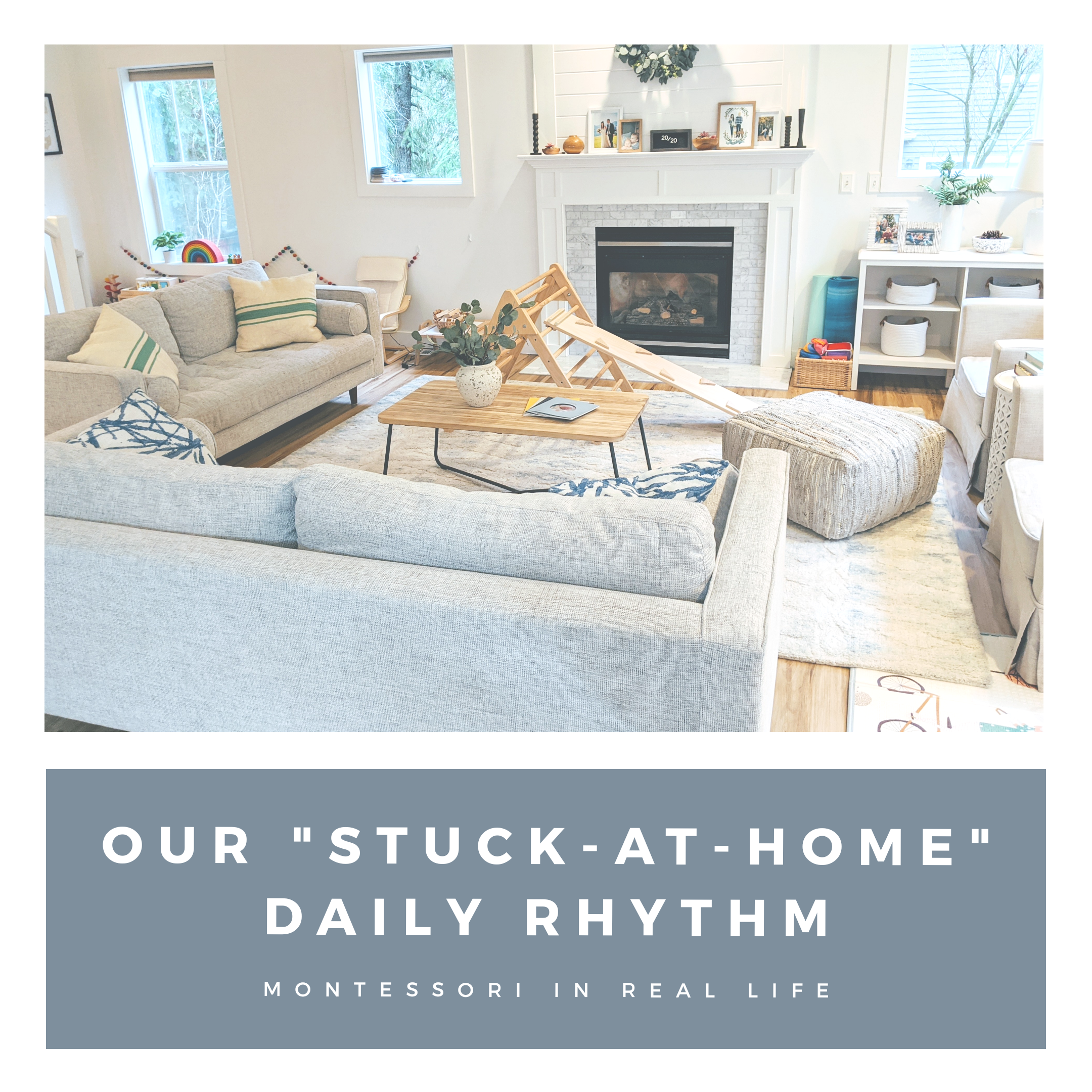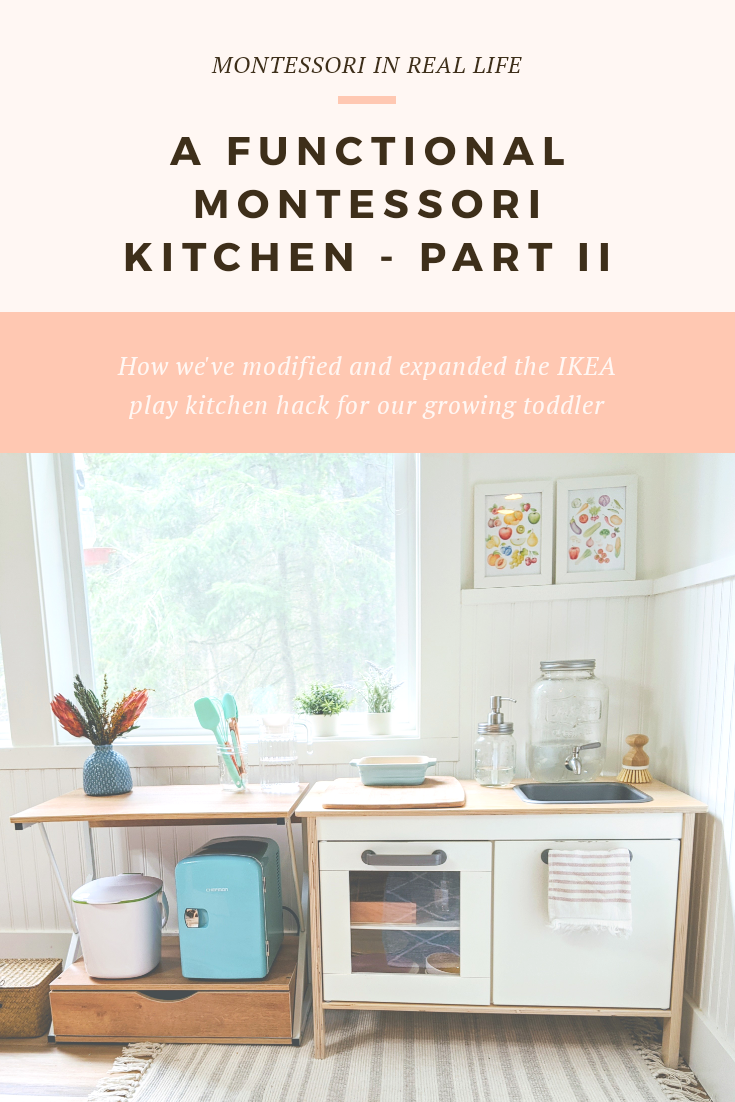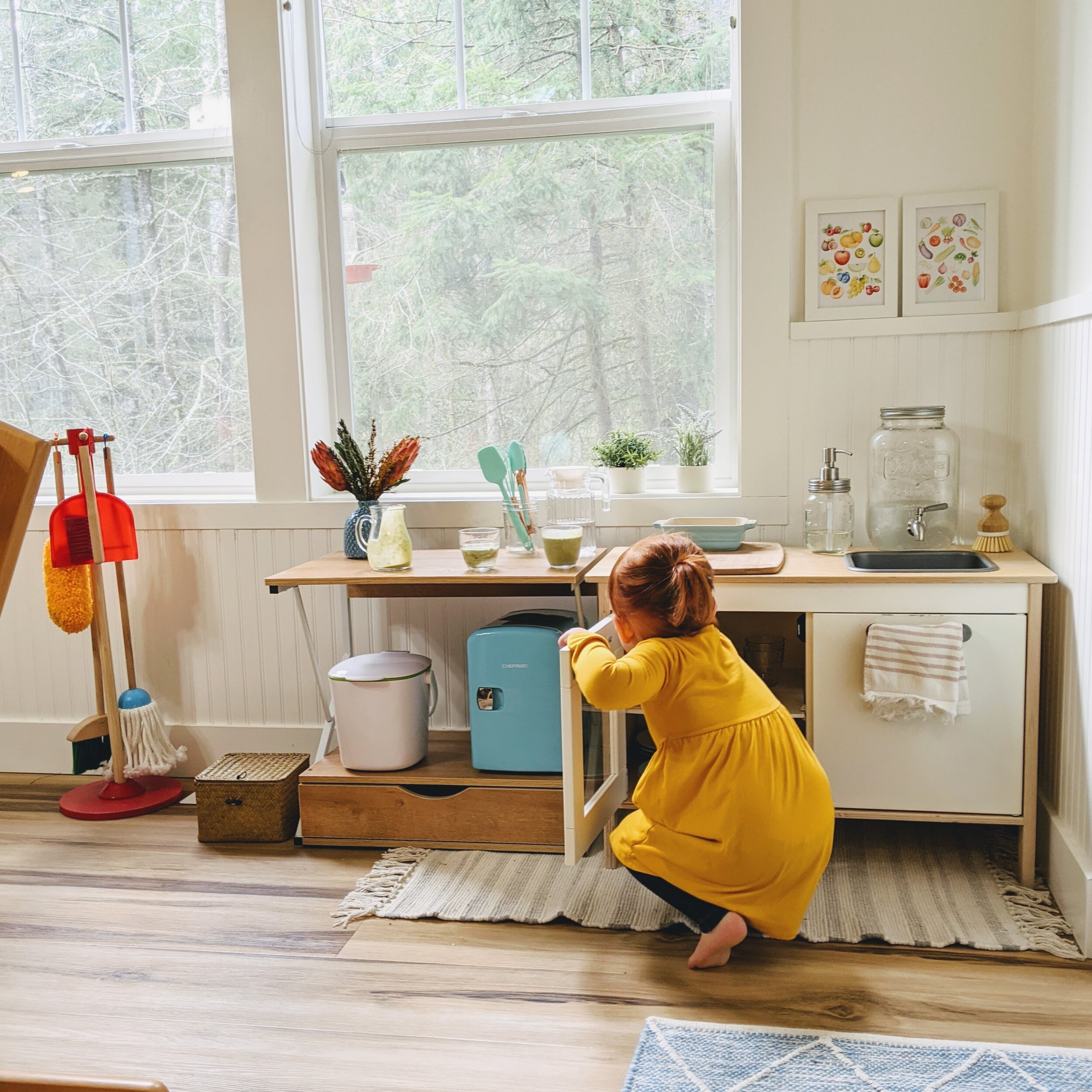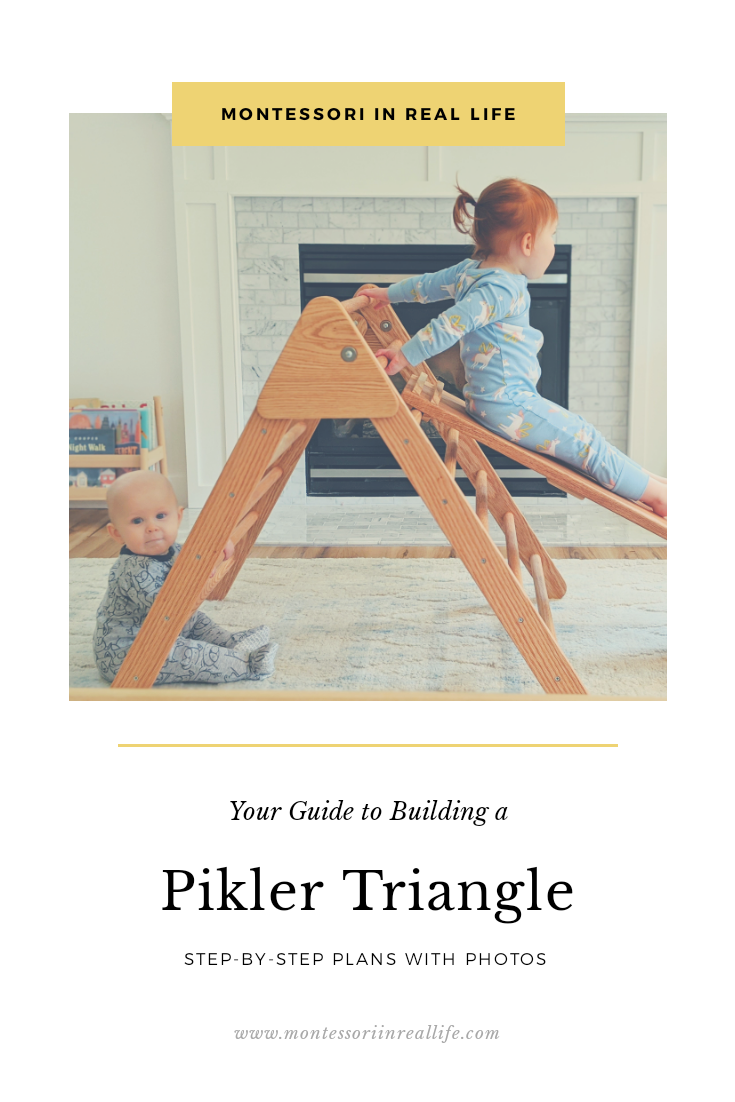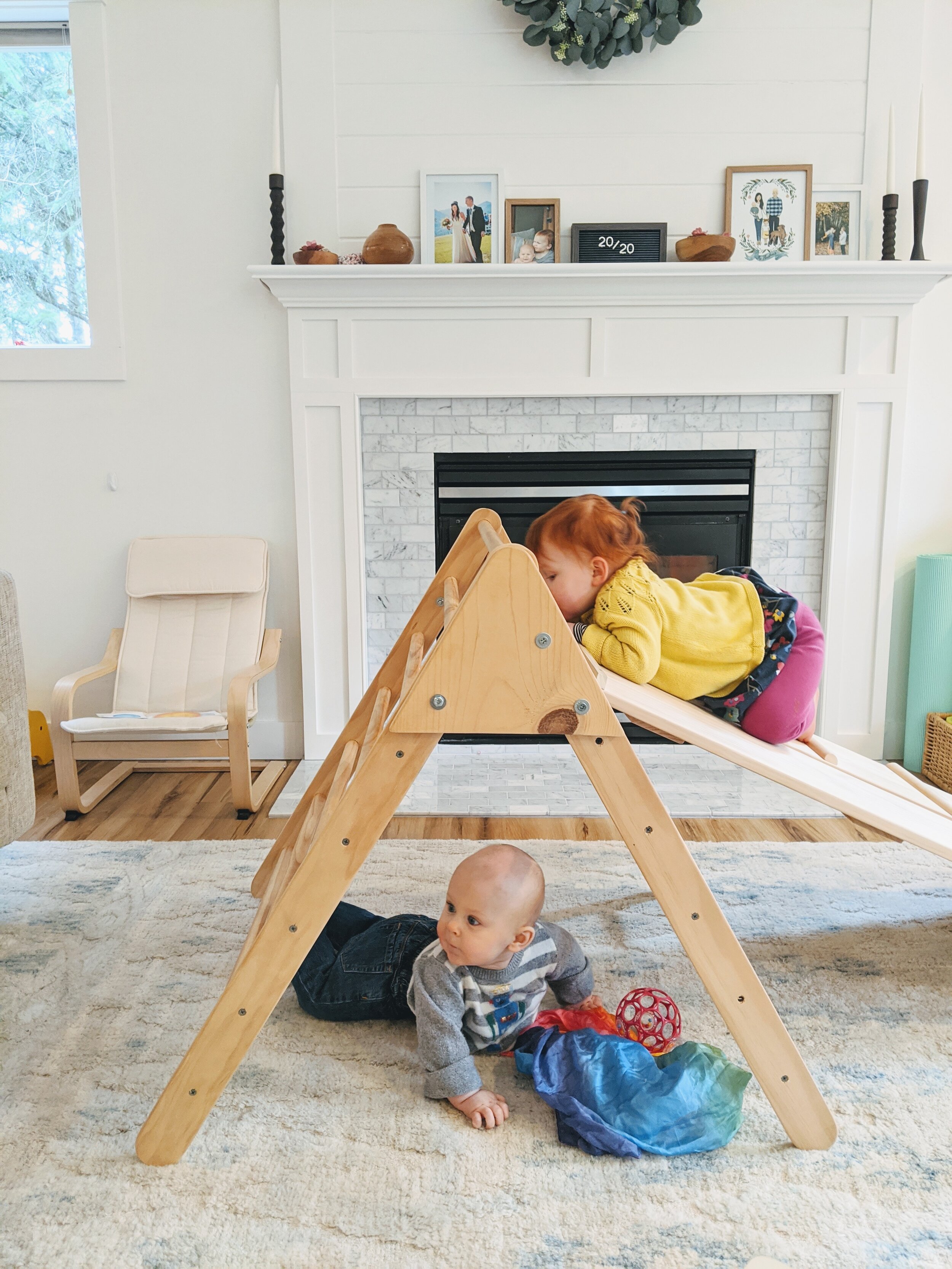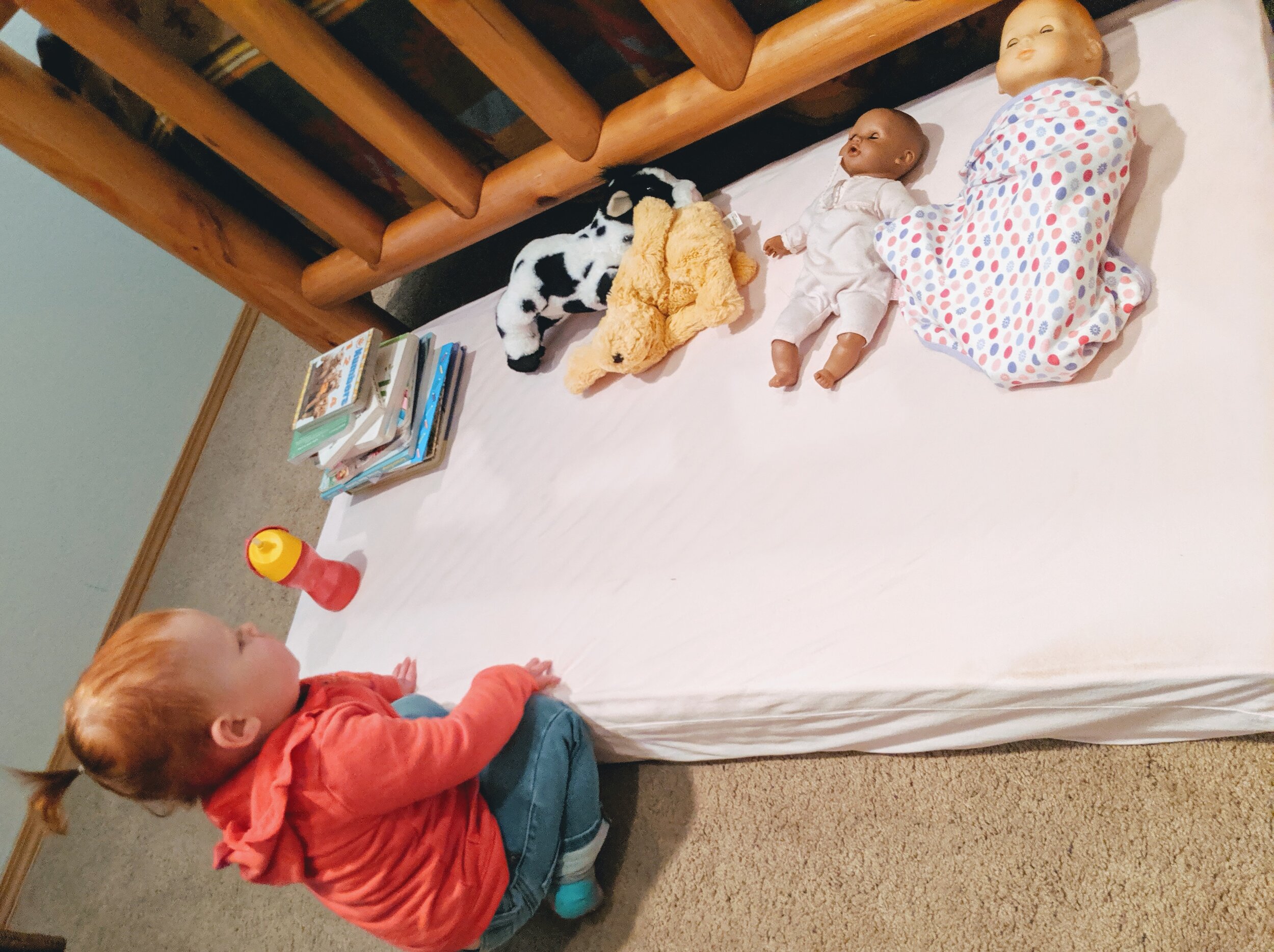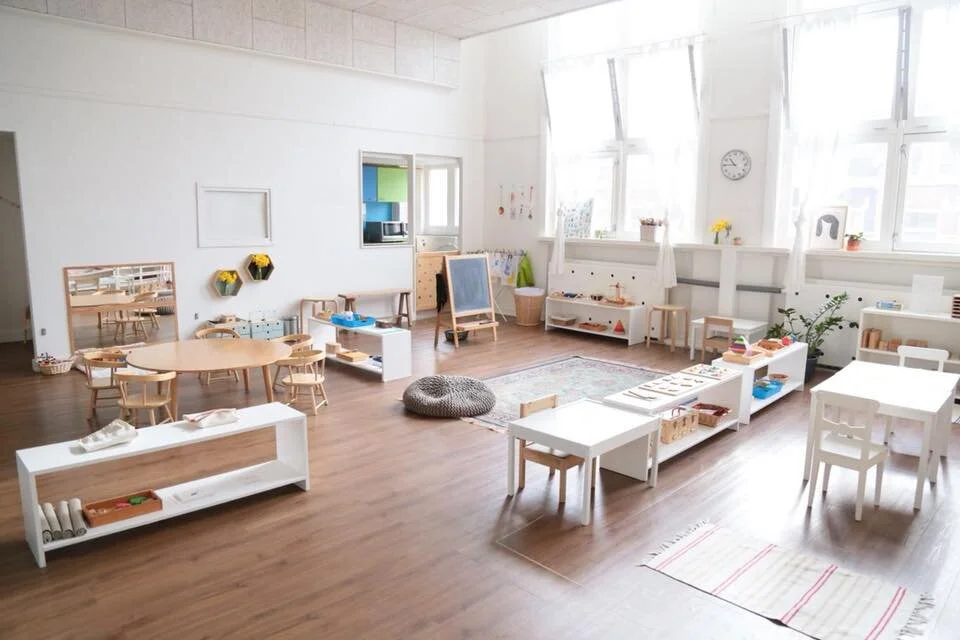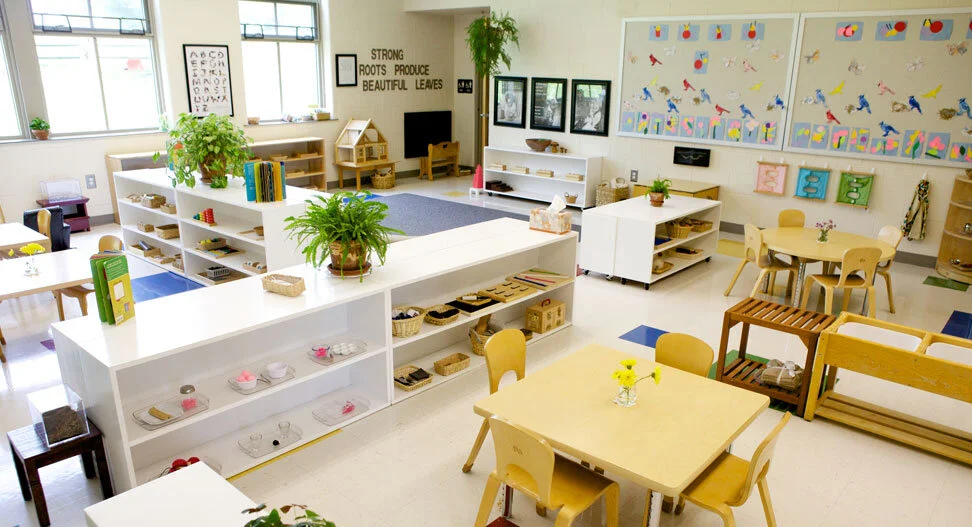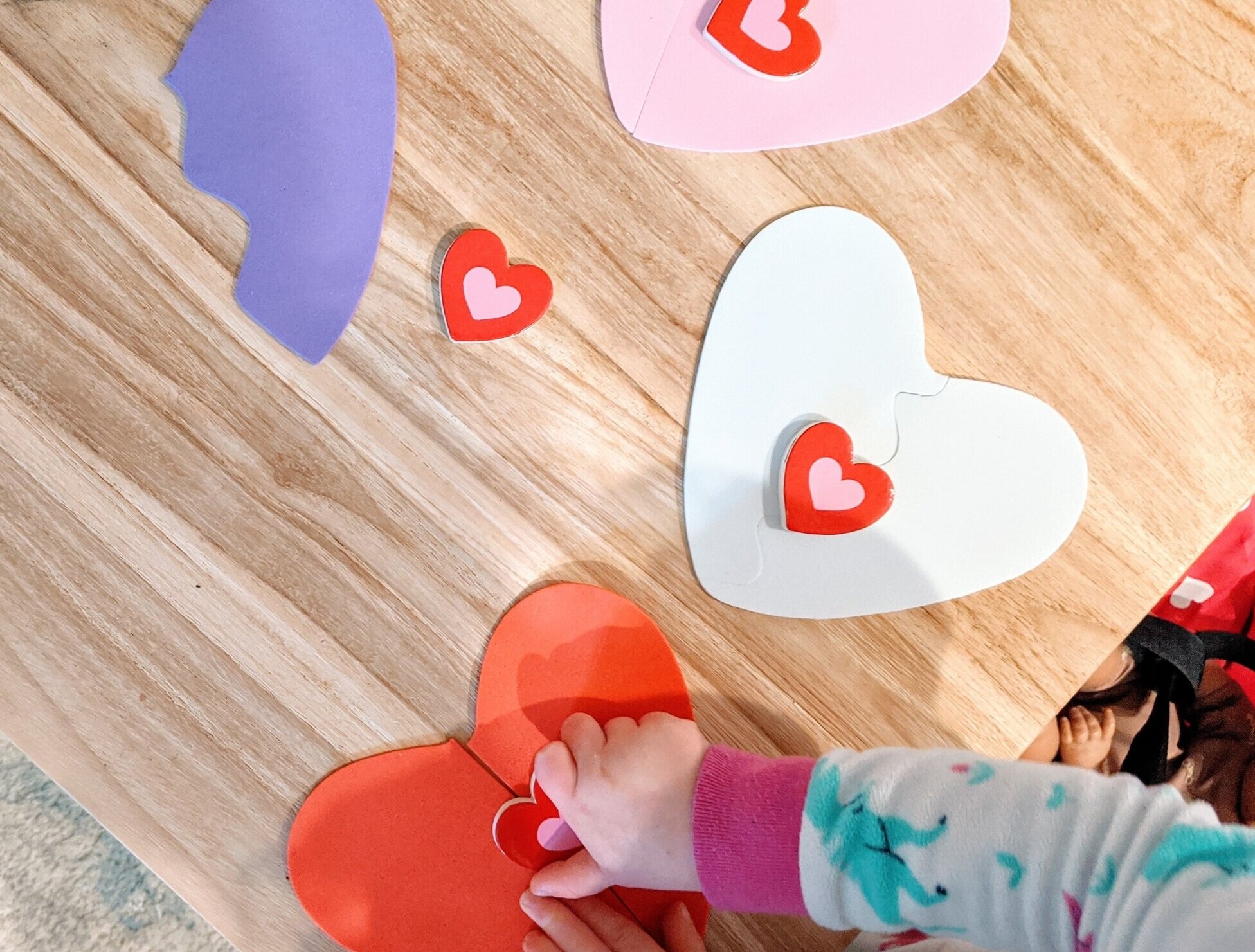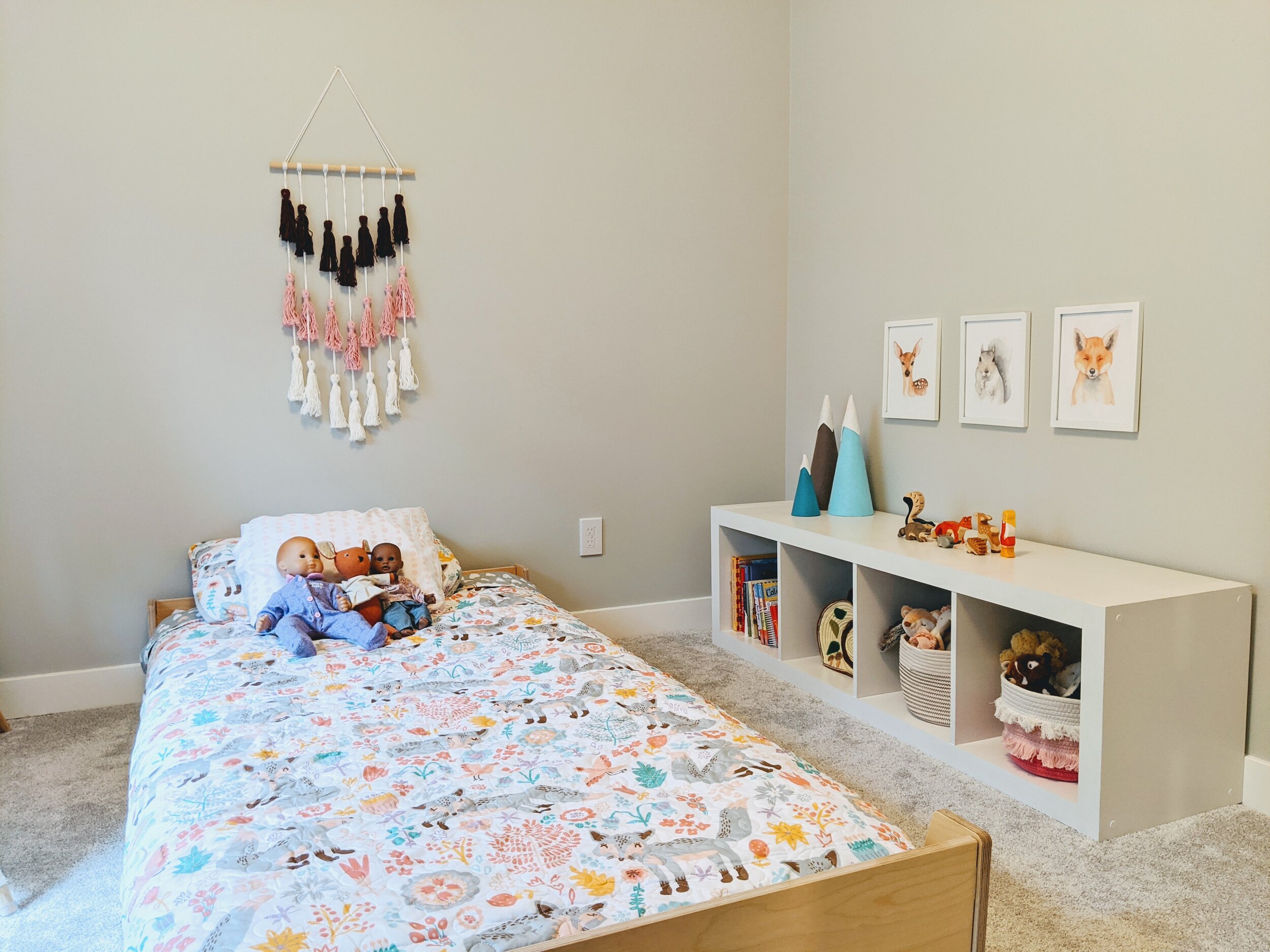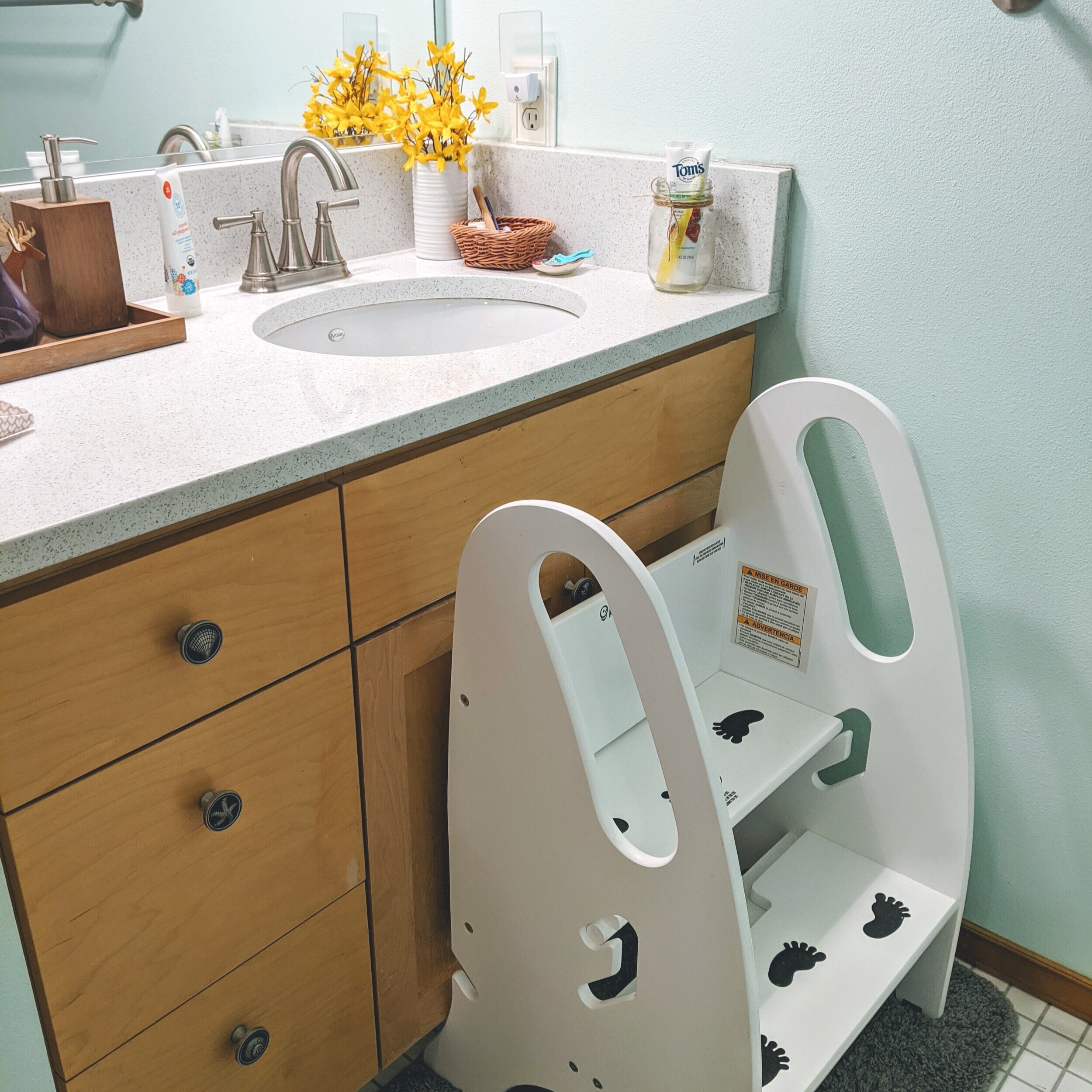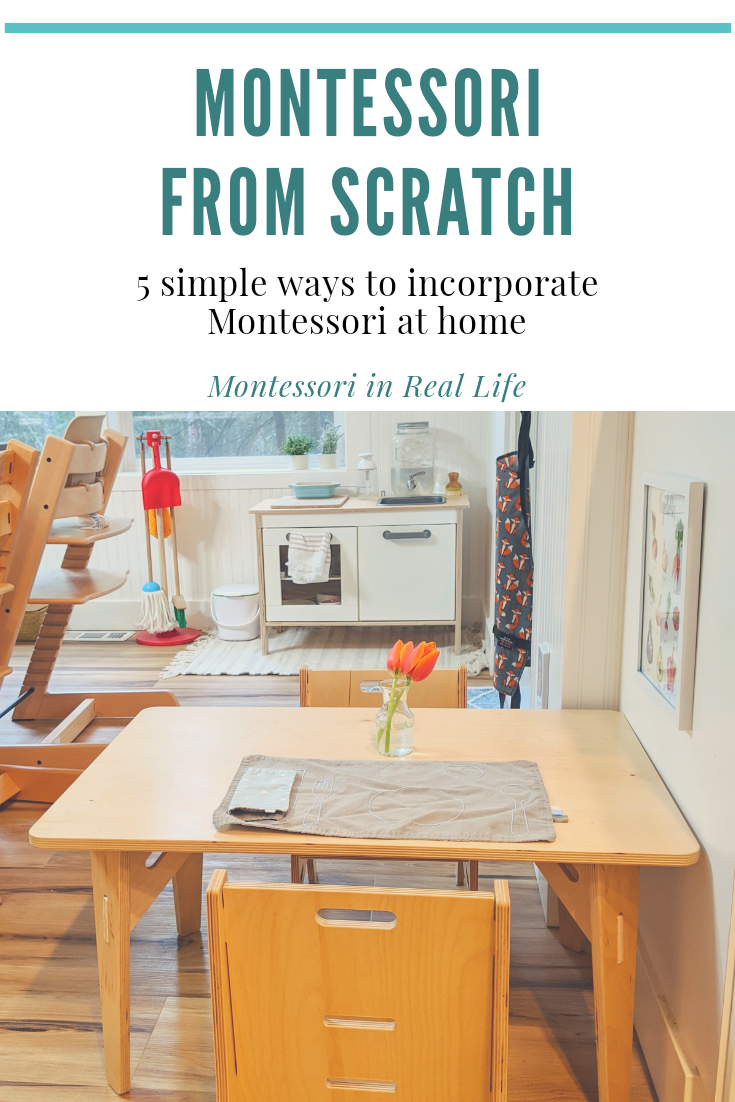Calm Down Time
Montessori in Real Life
As a mom of a 1-year-old and 3-year-old, I can tell you that our days are filled with many waves of emotions. Young children experience every feeling wholeheartedly. They are working through how to navigate and regulate these big emotions. How we respond to these big feelings in the first few years plays an important role in how they express and manage emotions later in life, so I take my job very seriously. I want my chlidren to know that there are no bad emotions. Every single one of us experiences the whole spectrum of emotions, and they each serve a purpose. So rather than “fix” emotions, I want my children to embrace their emotions while also having the skills to calm themselves down. My role is to listen, acknowledge, confidently lead by example, offer comfort, and the tools to self-regulate.
For tips on navigating early toddler behaviors and emotions, see this post from when D was 14 months old, 18 months old, and two years old. In this post, I’ll be focusing on D, at 3 years old.
As someone who has lived with anxiety my whole life, I have learned the importance of the body and brain connection. If I can calm my body, I can calm my brain. The same is true for children. One of the best things we can do for our child is to give them the tools to calm their body and therefore their mind. Breathing exercises, movement, visual aids, and finding something peaceful to focus on are all useful tools. “Finding calmness” via mindfulness and relaxation techniques isn’t just for managing anxiety; it is useful for moments we feel excited, angry, hurt, happy, tired, or any other emotion.
Since D was two, we have practiced “calm down time” when she’s feeling big emotions and needing a breather. More recently, we have begun to implement a calm down basket. Currently, this basket includes:
Other ideas include weighted blankets, bean bags, yoga, and sand timers. When D was two, her favorite calm-down board book was this one. We keep this basket in our living room for whenever she needs a little break, or “time in”. This is not somewhere I force D to go, but rather a place she can choose to go or I can invite her to join me in. There are plenty of times we sit and do breathing exercises just for fun! It has become a ritual before rest time as well. I have reaped the benefits of mindfulness through these activites myself.
Examples of Situations this might be used in:
Tantrums
When D throws a tantrum (usually over not getting something she wants), my first step is listening and acknowledging her words and feelings. “I hear you. You really want to eat snack. We had our snack and we are having dinner very soon. I know it’s very hard to wait sometimes.” Even if I could give her snack, I don’t because we already set our limits (which she knows ahead of time.) It’s really important to stay firm on whatever limit has been set, but to listen to her and be there while she feels her feels. I try to stay close and not say much after my first acknoweldgement, besides repeating “I hear you”. I let her know I’m available for a hug. I make sure her body is safe, and if needed, I take her to our "calm-down spot” or I invite her there as she is beginning to calm down. There we can practice our breathing together or she can just sit with her glitter jar or stuffed animal. If she doesn’t want to, that’s okay too.
Hurting Someone or Something
All children have moments of frustration which can lead to physical behaviors. These days, D is pretty good at telling S “That’s my work!” and if that doesn’t work, “Mommy, I need help!” But there are still times when S pushes D’s buttons and she pushes him away from her toys. In these moments I first make sure everyone is safe. I say “stop” and separate them if needed. I first check on S and make sure he’s okay. “Are you okay, S? I’m sorry that happened to you.” I offer him comfort. Then I turn to D and let her know I need to keep them both safe so I separate them or remove the item that was not being used safely.
I then ask if she’d like to check on him. I also ask her what she thinks we could do to make him feel better. “Do you think he would like a hug or something soft to hold?” Sometimes I hold her hand while she checks on him or brings him a toy. When everyone is calm again, I remind D that we don’t hurt each other. “If we are frustrated, we can use our words and ask for help.” Either before or after this, I invite D to the calm-down spot with me. Again, this is not at all a “time-out”, but rather a place to find calm and be alone or together depending on what she’s needing.
Anxiety
When D is feeling nervous about something, I listen to her concerns and nod. I acknowledge her feelings. “You are nervous to ride your bike on the pump track.” or “You feel worried about me leaving right now.” In the bike example, I don’t force her to ride. I let her sit out and watch other kids if she’s not ready, and offer to go next to her if she wants to try. In the example of me needing to leave, I do leave but I confidently tell her I love her and I’ll be back in 30 minutes (usually it’s just a trip to the grocery store these days!). I always say goodbye and I always come back. If we are home, she can choose a comfort from the calm-down basket. I also try to keep something of comfort in our backpack, such as the marble mover or her baby doll (she takes her everywhere).
Note: This post contains affiliate links. If you purchase a product through one of these links, you won’t pay anything extra, but I will get a small commission, which helps keep this blog going. Thanks for supporting Montessori in Real Life!

